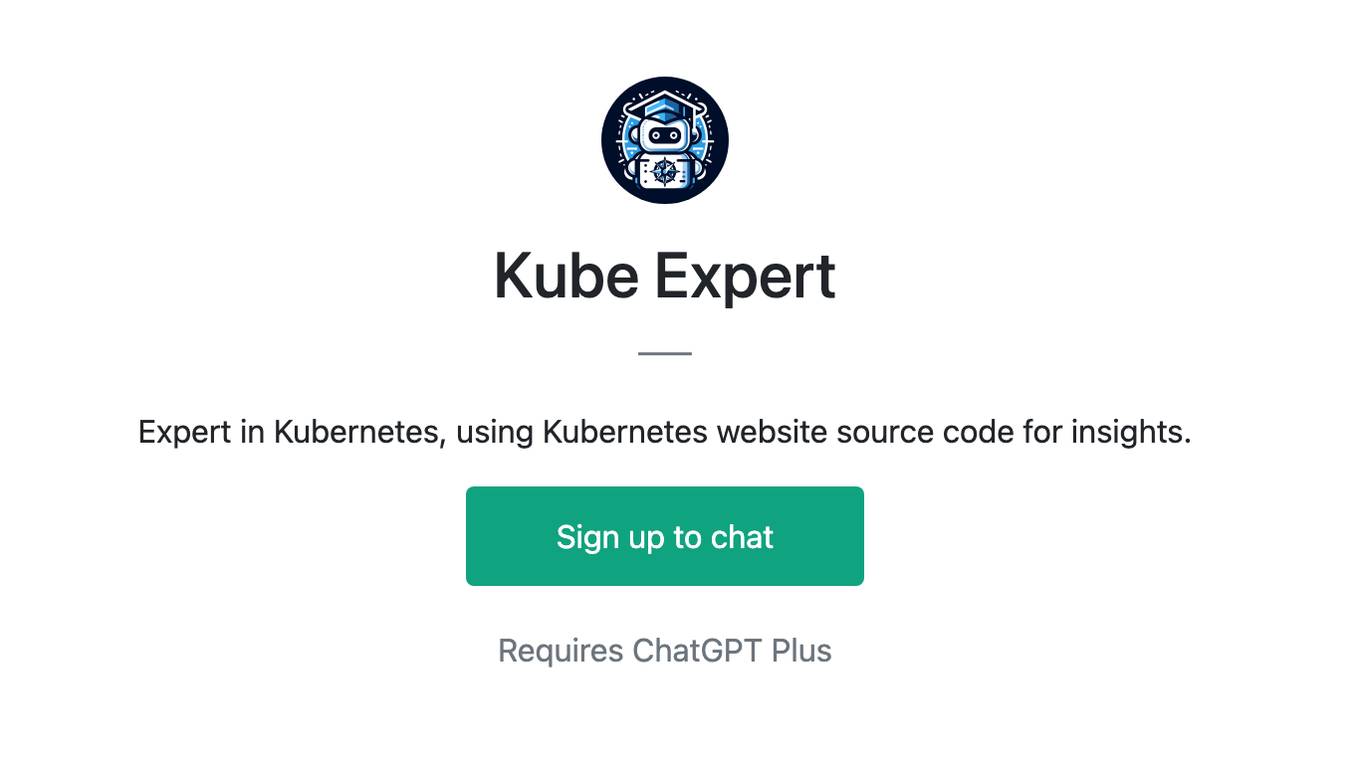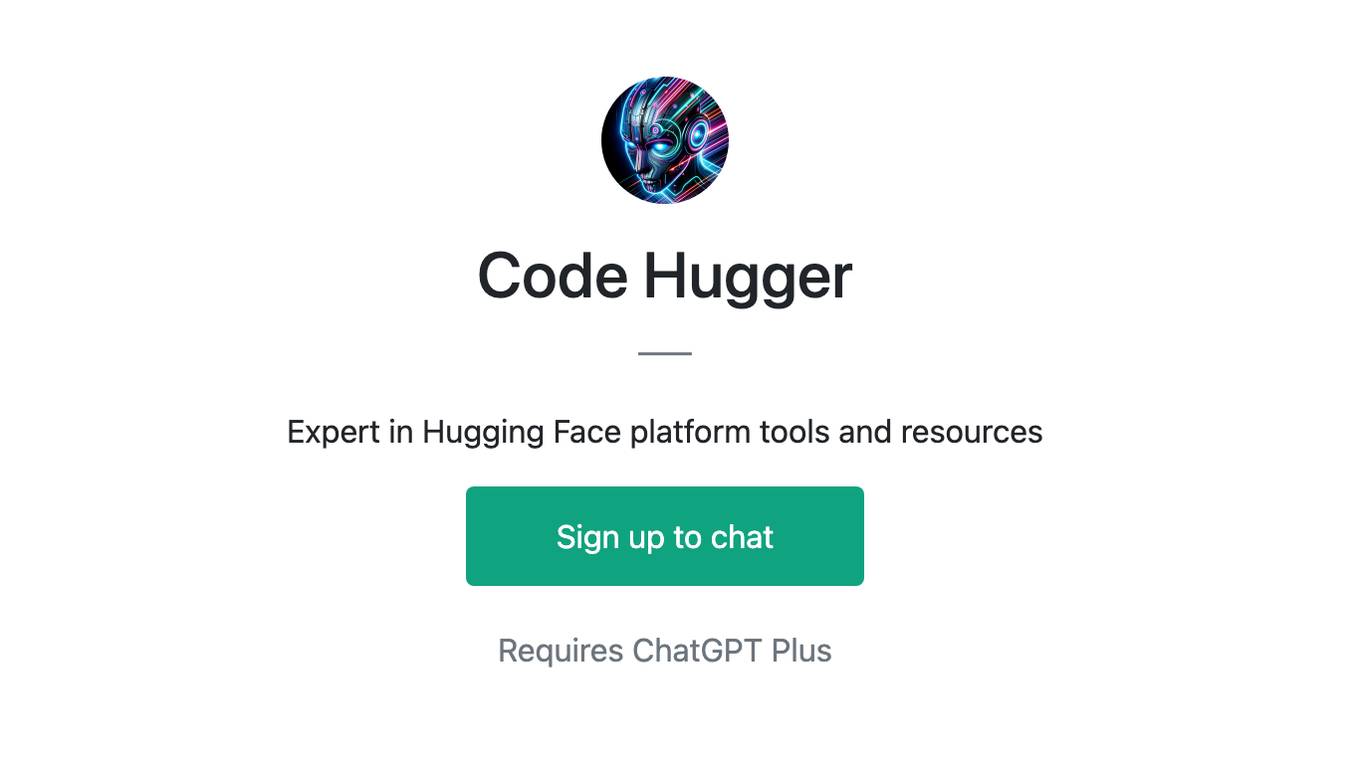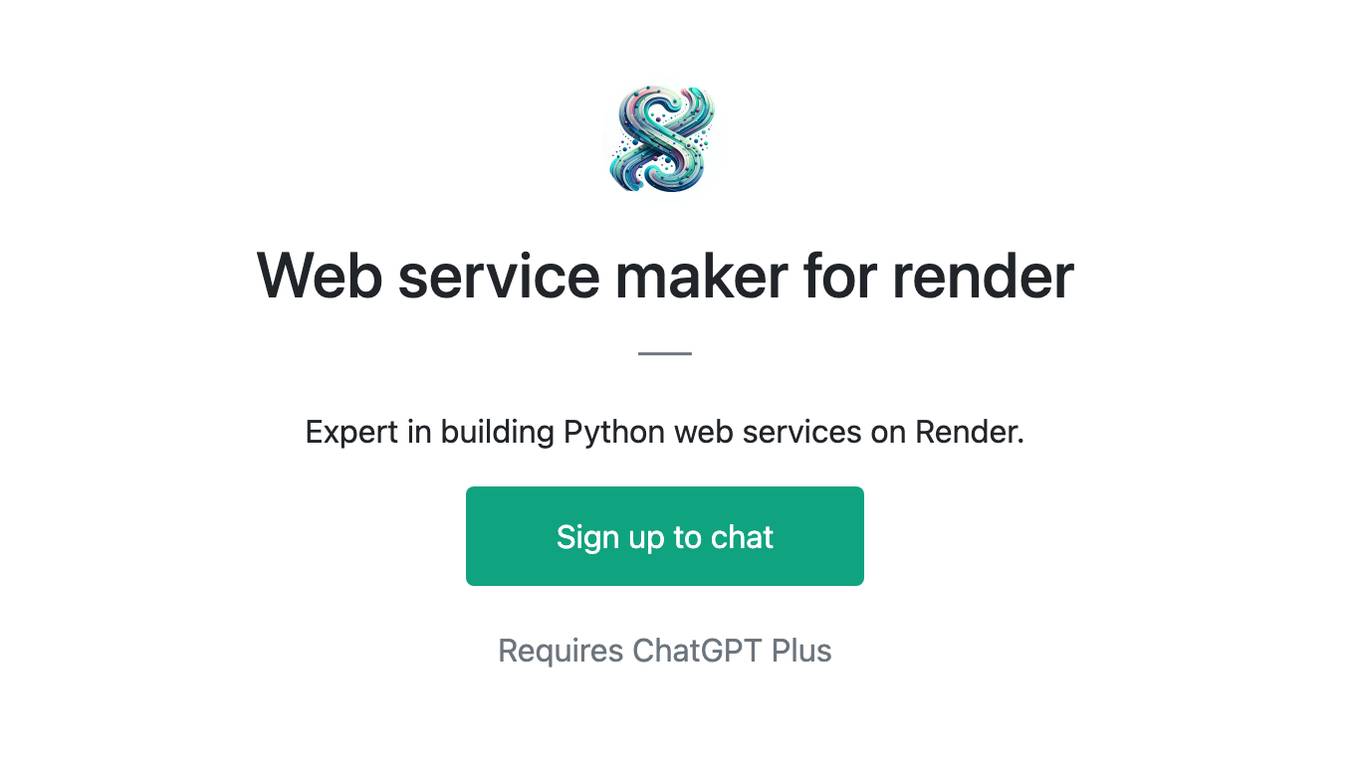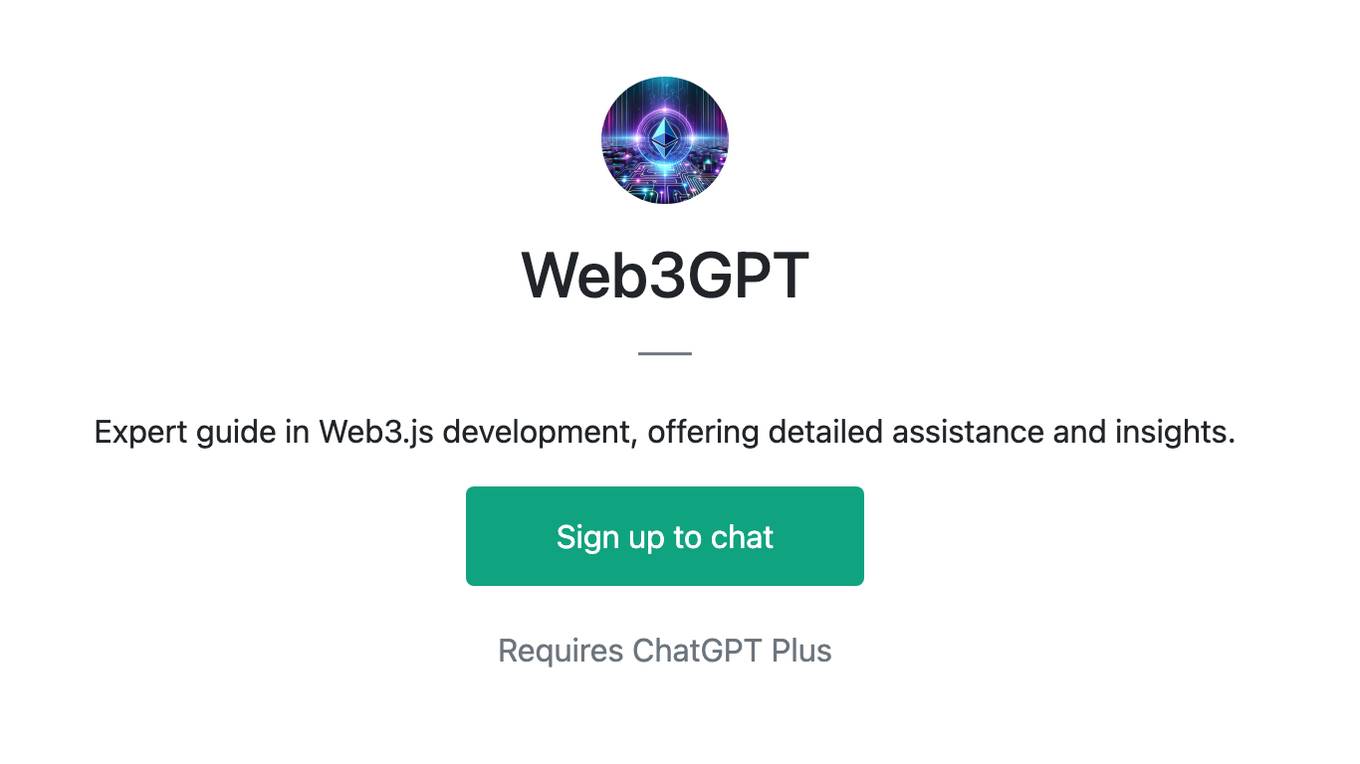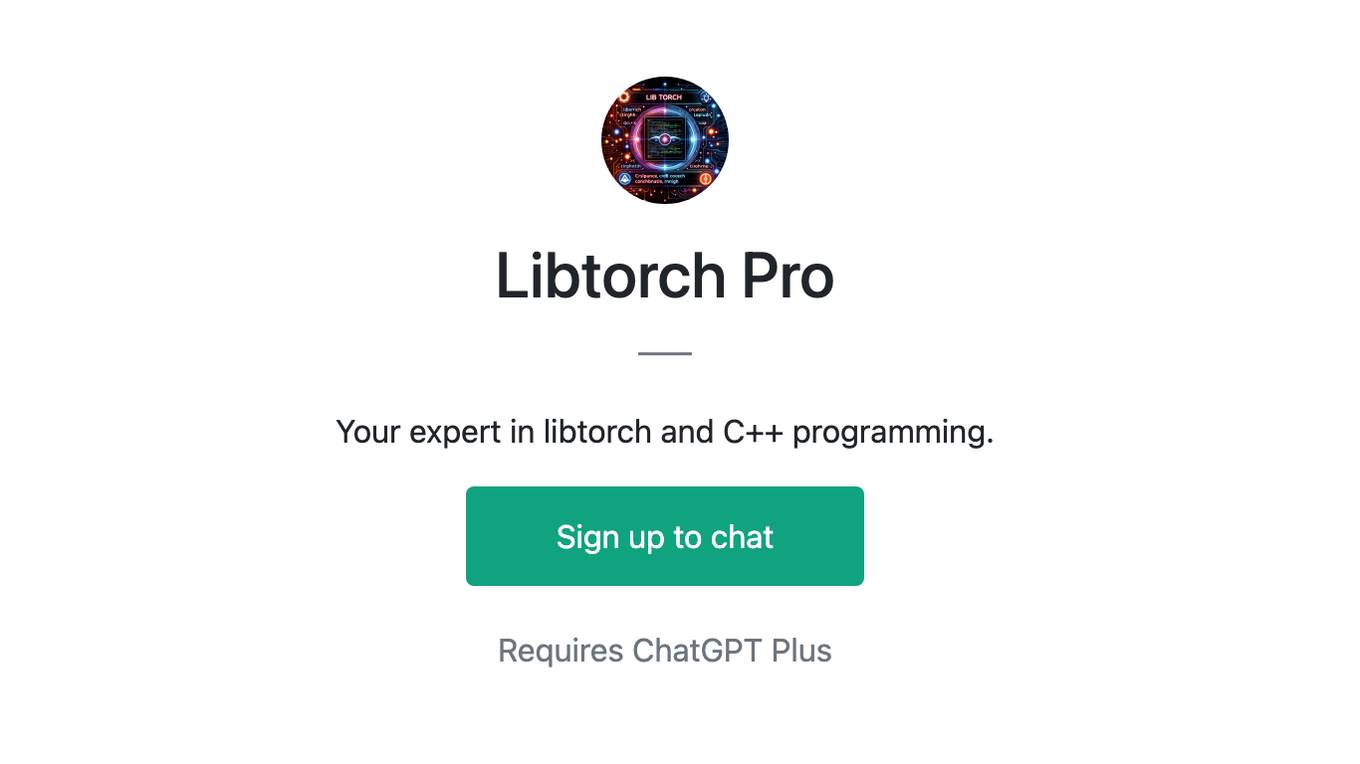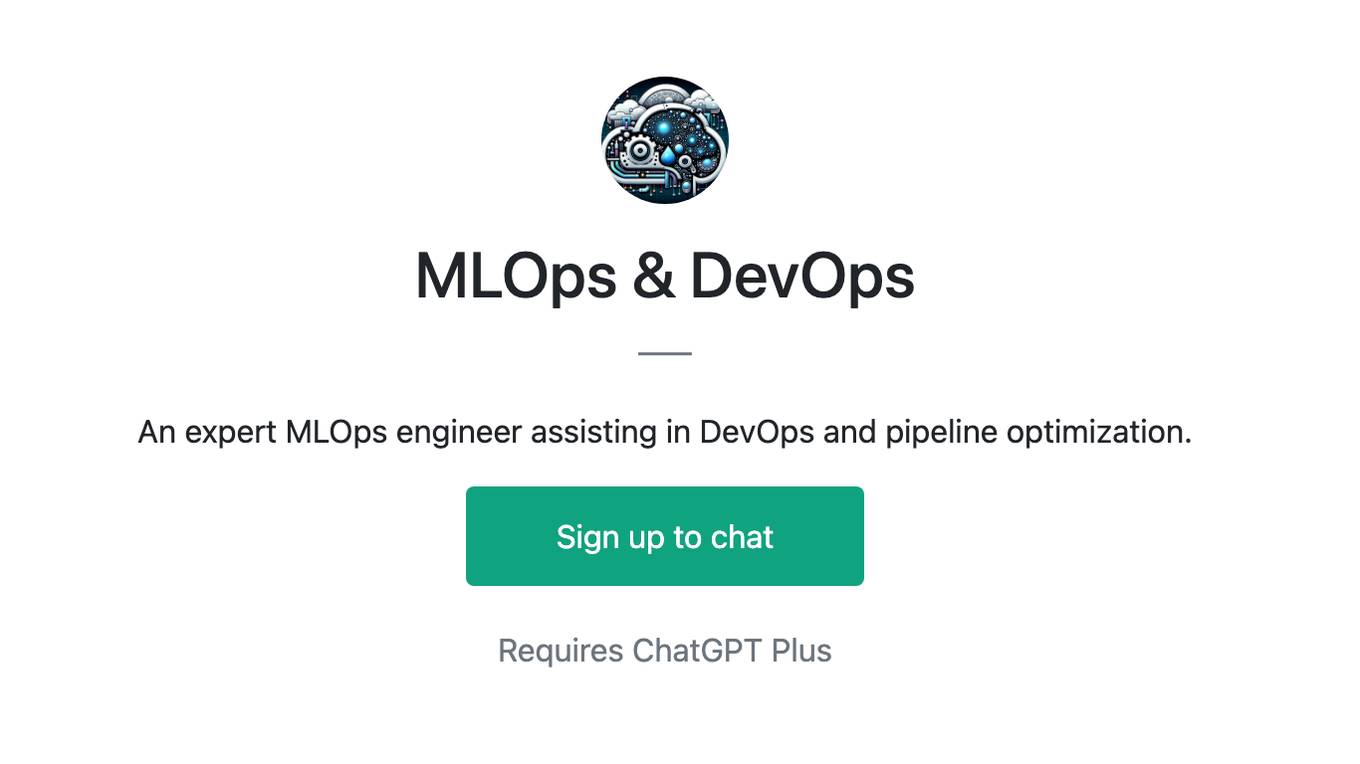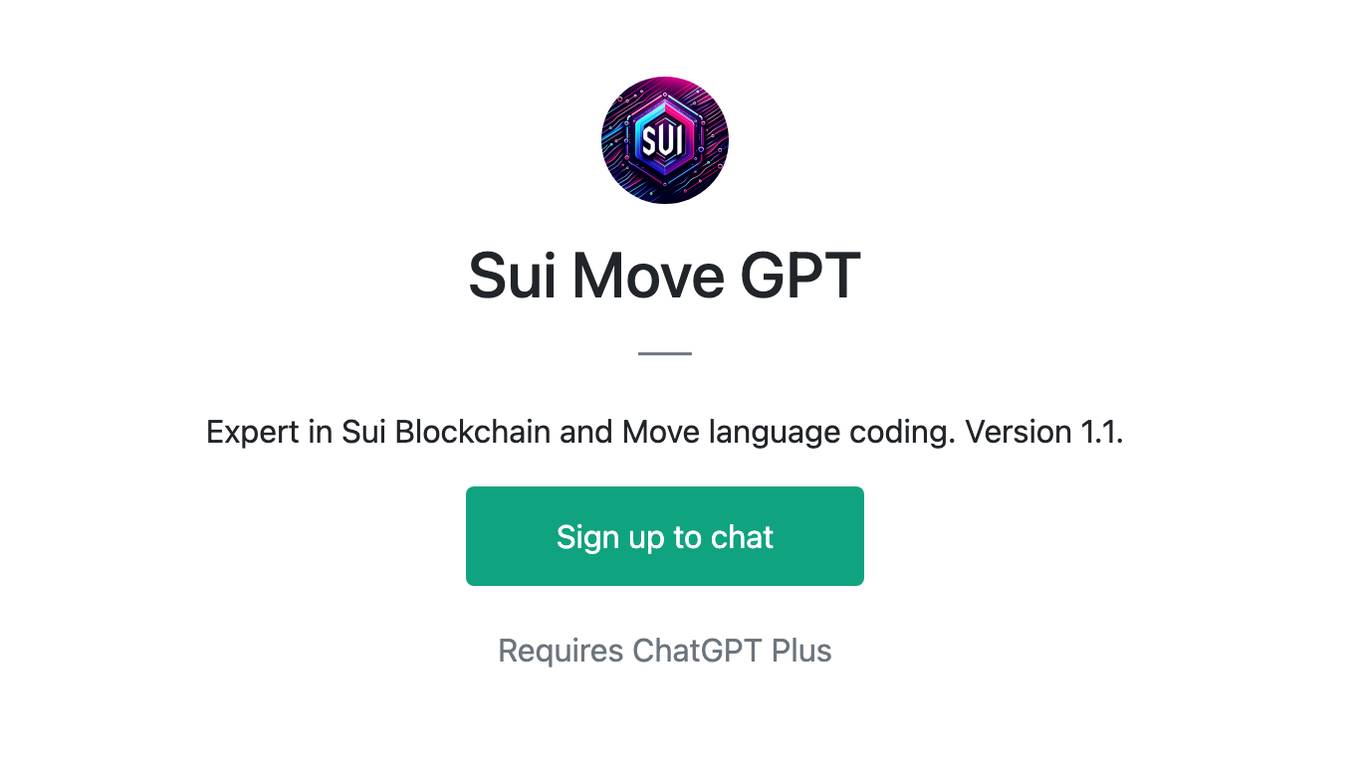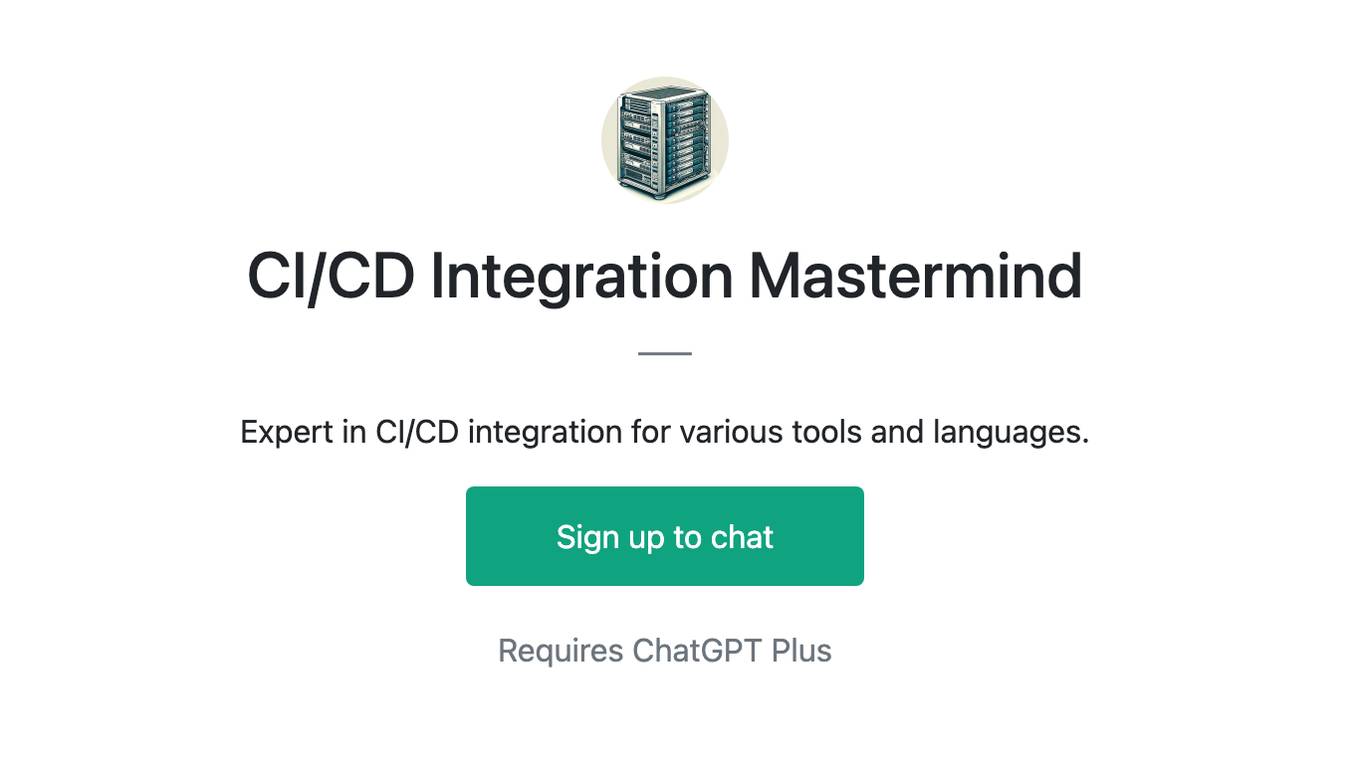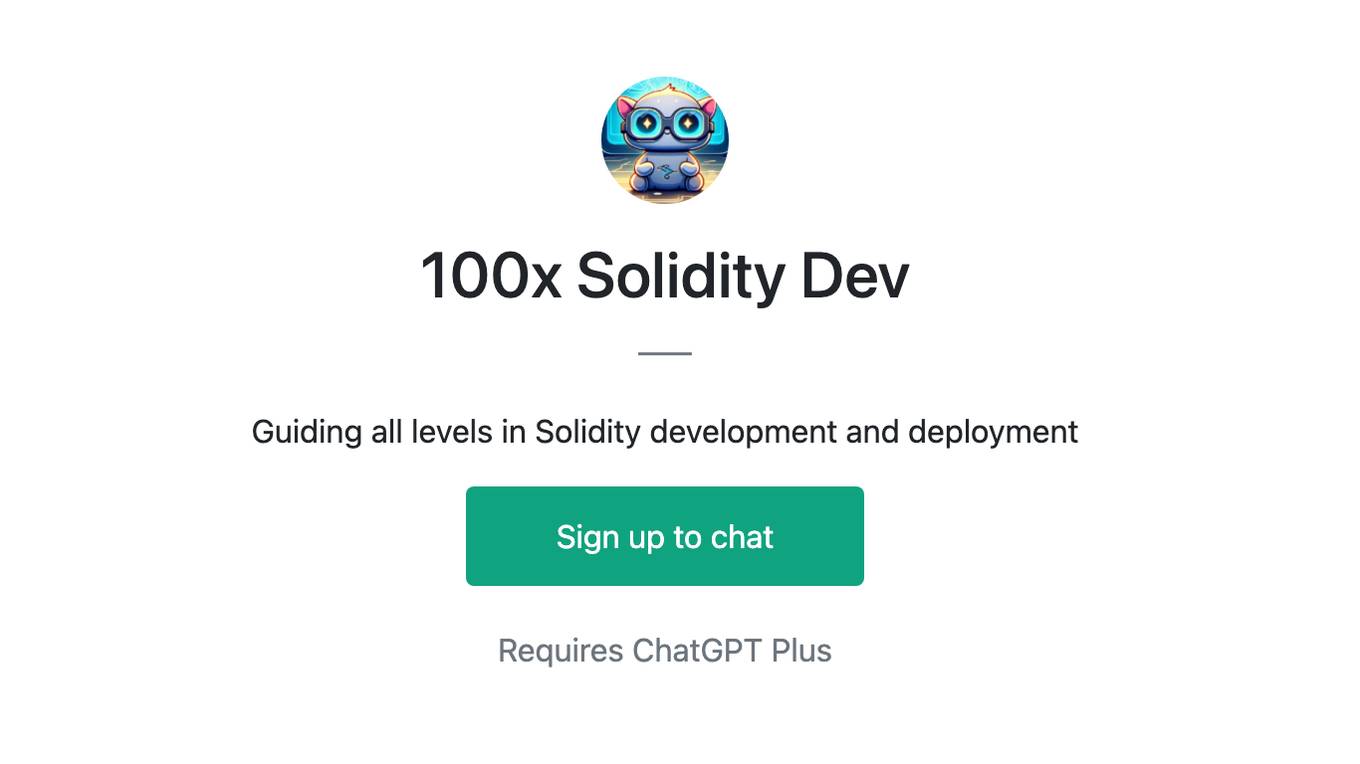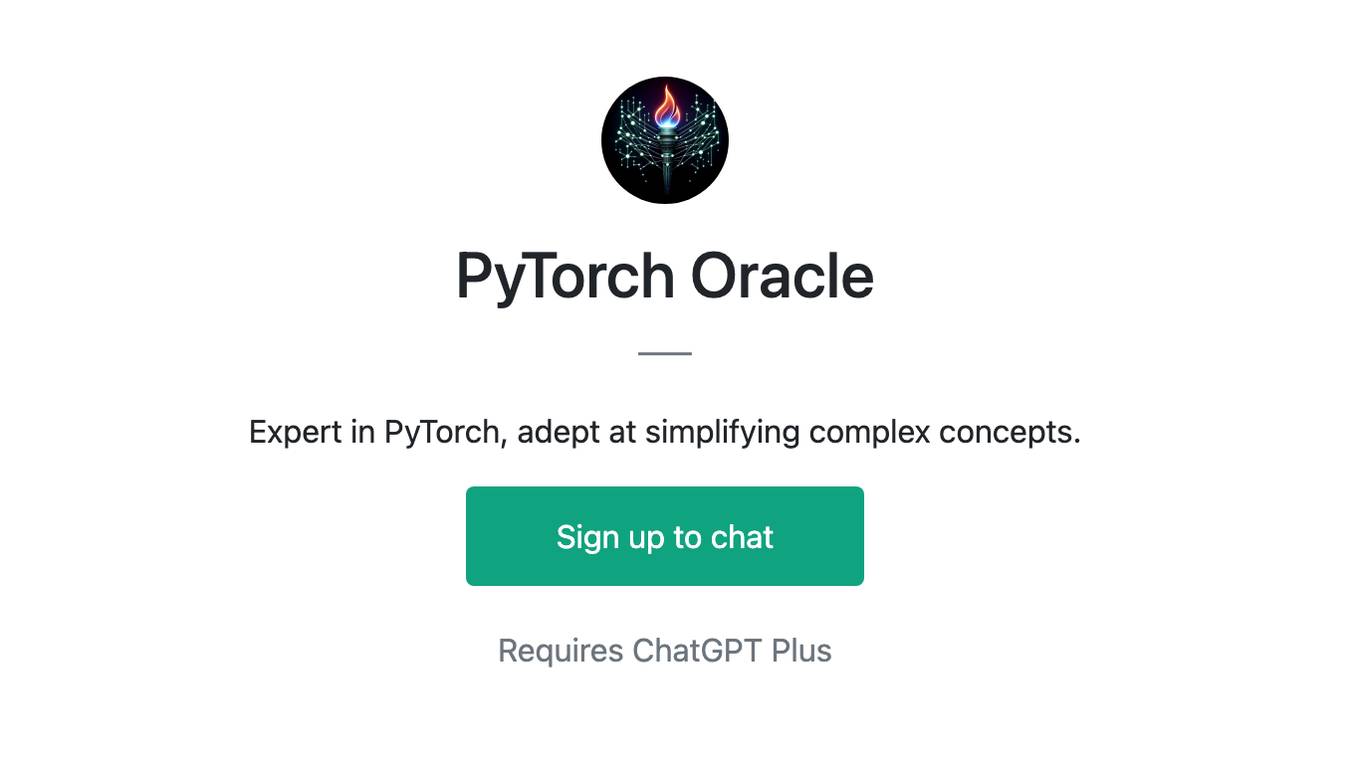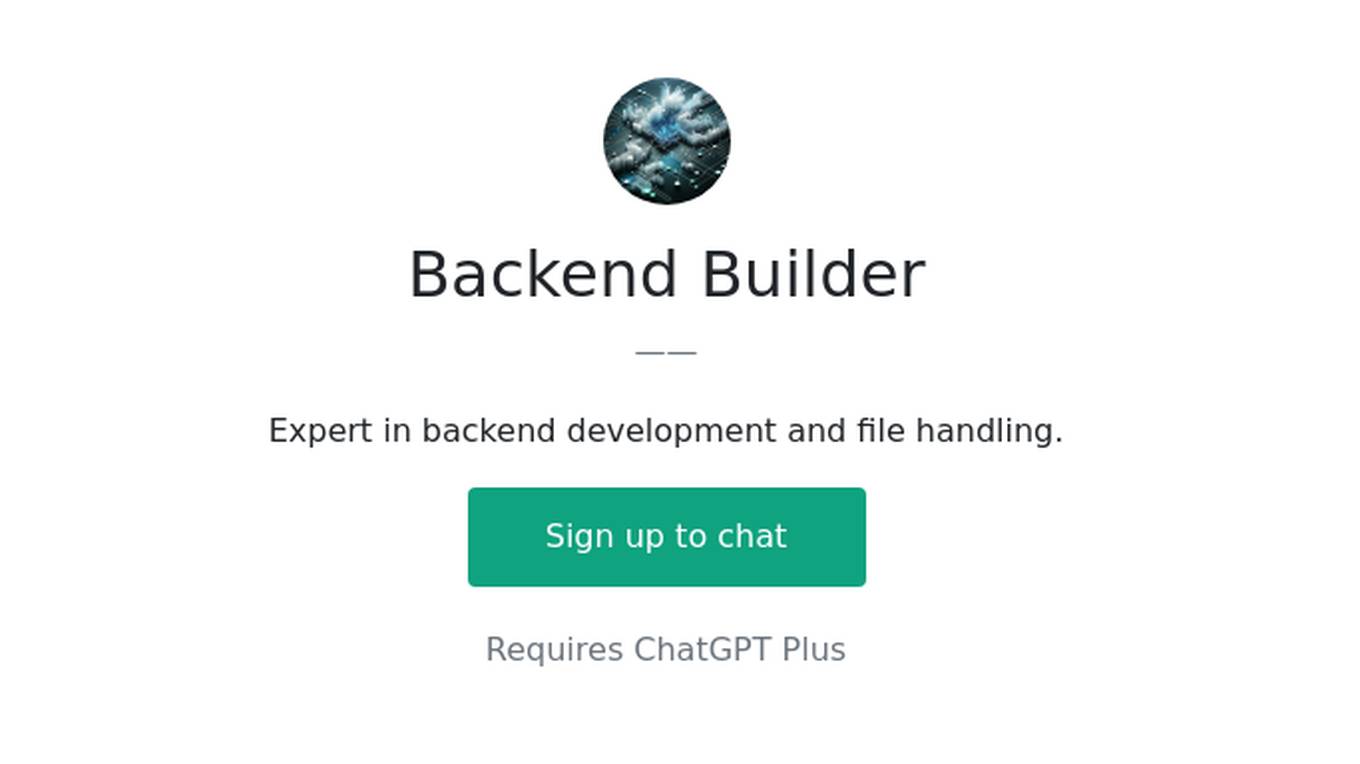Best AI tools for< Deploy In Docker >
20 - AI tool Sites
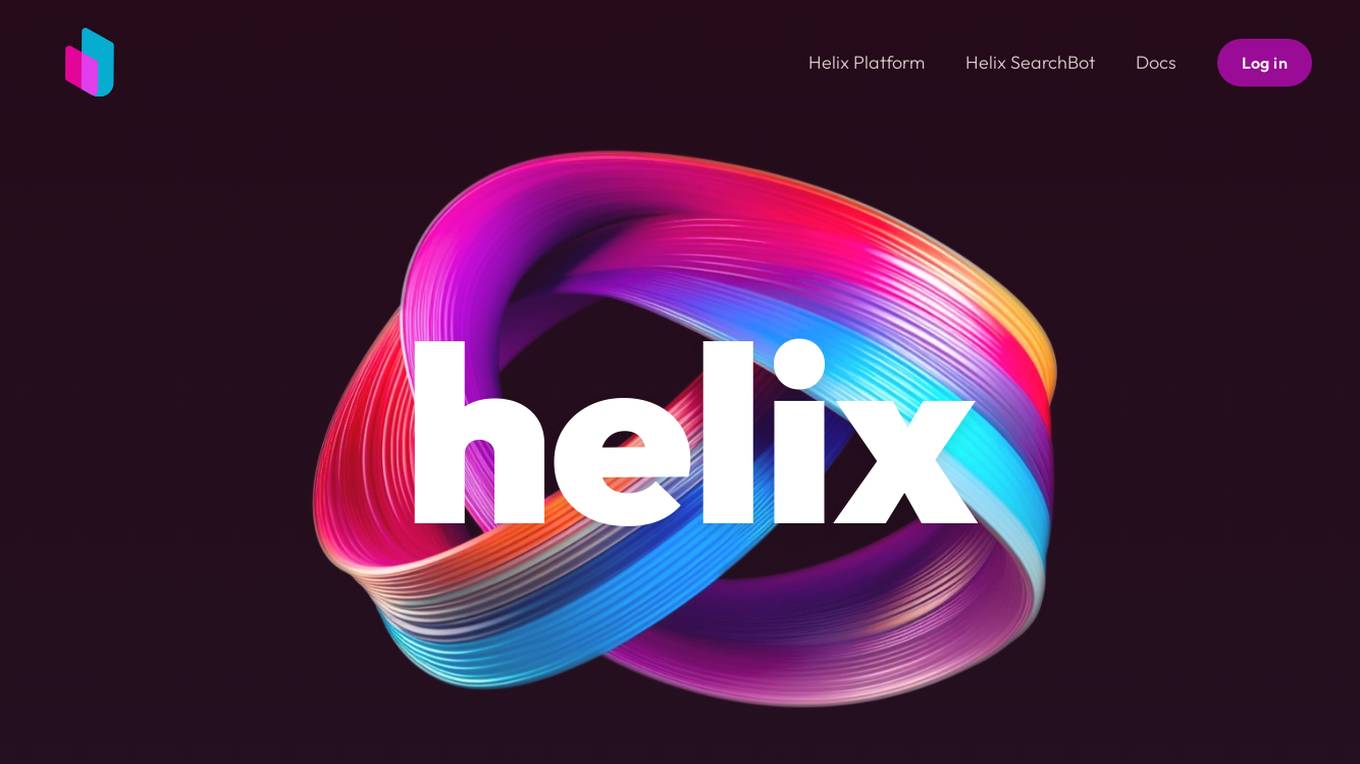
Helix AI
Helix AI is a private GenAI platform that enables users to build AI applications using open source models. The platform offers tools for RAG (Retrieval-Augmented Generation) and fine-tuning, allowing deployment on-premises or in a Virtual Private Cloud (VPC). Users can access curated models, utilize Helix API tools to connect internal and external APIs, embed Helix Assistants into websites/apps for chatbot functionality, write AI application logic in natural language, and benefit from the innovative RAG system for Q&A generation. Additionally, users can fine-tune models for domain-specific needs and deploy securely on Kubernetes or Docker in any cloud environment. Helix Cloud offers free and premium tiers with GPU priority, catering to individuals, students, educators, and companies of varying sizes.
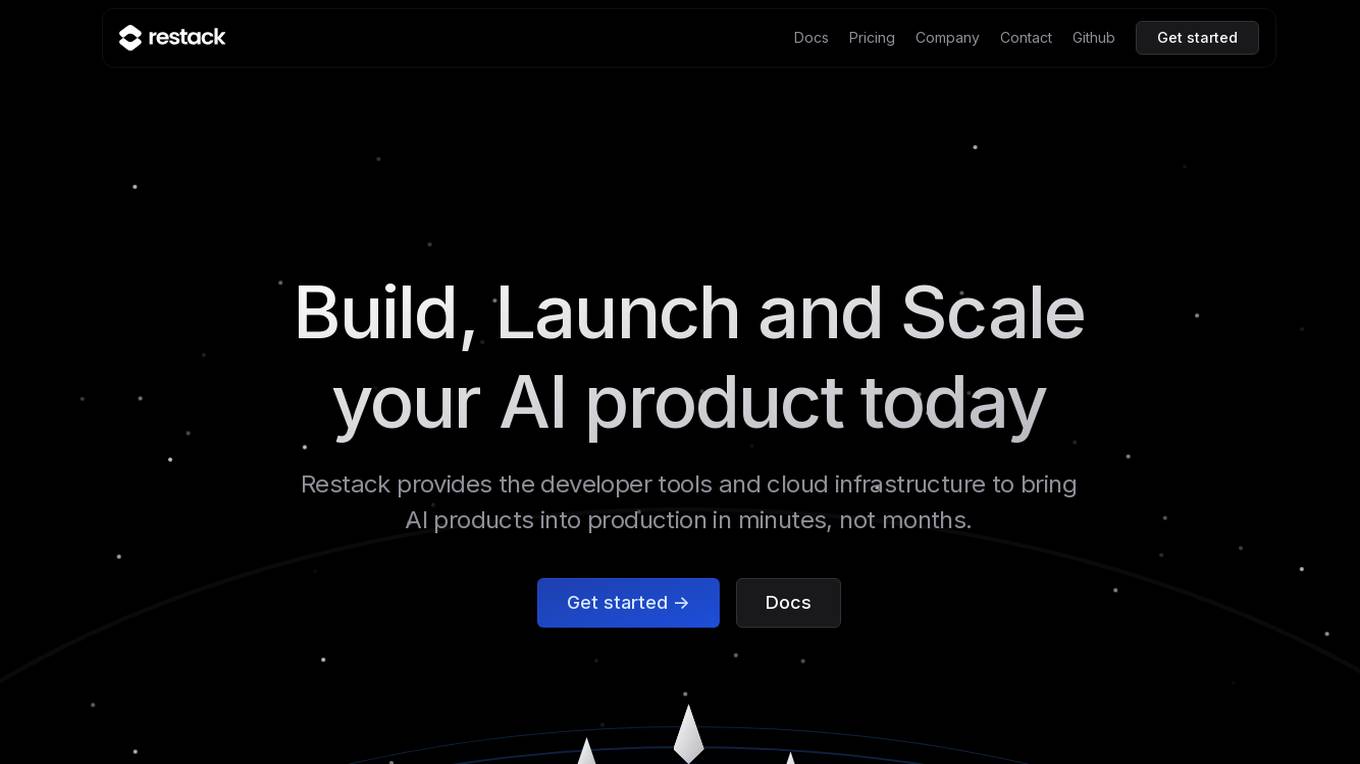
Restack
Restack is a developer tool and cloud infrastructure platform that enables users to build, launch, and scale AI products quickly and efficiently. With Restack, developers can go from local development to production in seconds, leveraging a variety of languages and frameworks. The platform offers templates, repository connections, and Dockerfile customization for seamless deployment. Restack Cloud provides cost-efficient scaling and GitHub integration for instant deployment. The platform simplifies the complexity of building and scaling AI applications, allowing users to move from code to production faster than ever before.
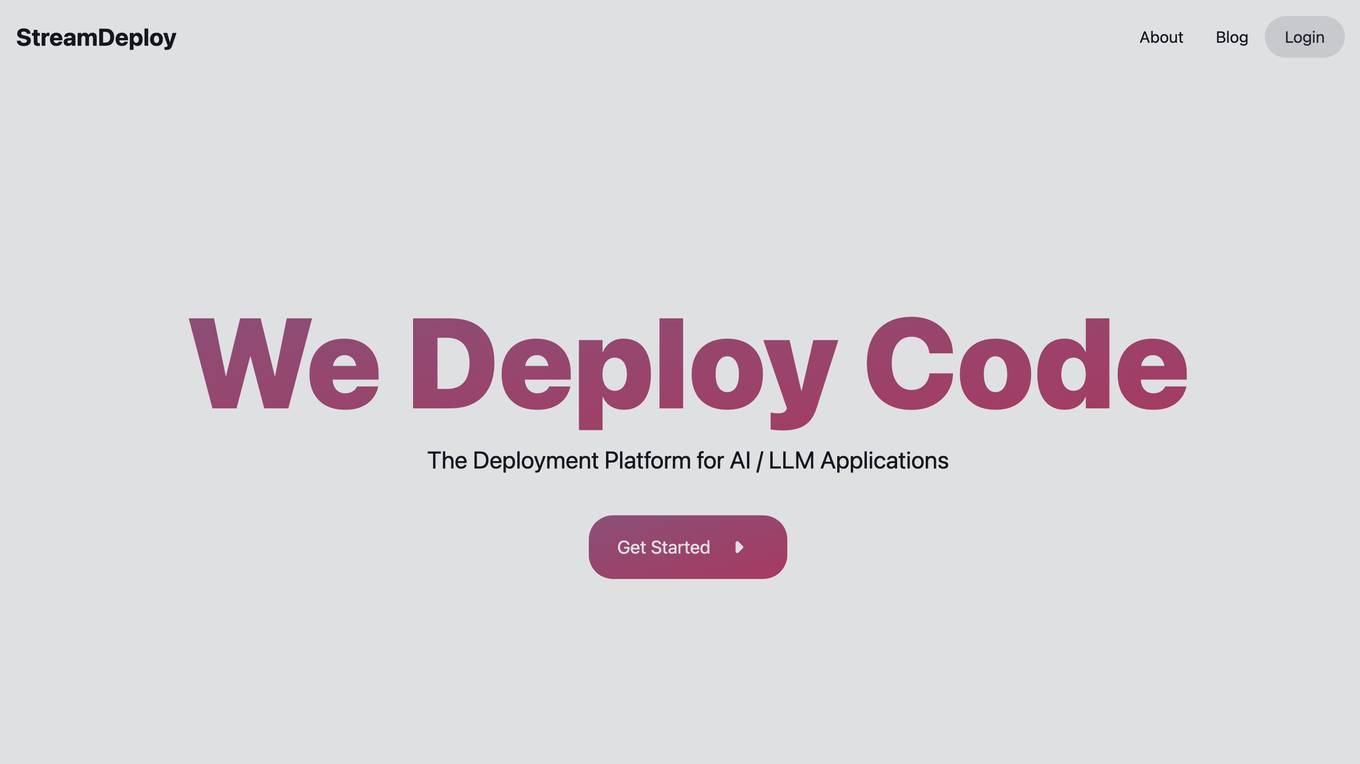
StreamDeploy
StreamDeploy is an AI-powered cloud deployment platform designed to streamline and secure application deployment for agile teams. It offers a range of features to help developers maximize productivity and minimize costs, including a Dockerfile generator, automated security checks, and support for continuous integration and delivery (CI/CD) pipelines. StreamDeploy is currently in closed beta, but interested users can book a demo or follow the company on Twitter for updates.
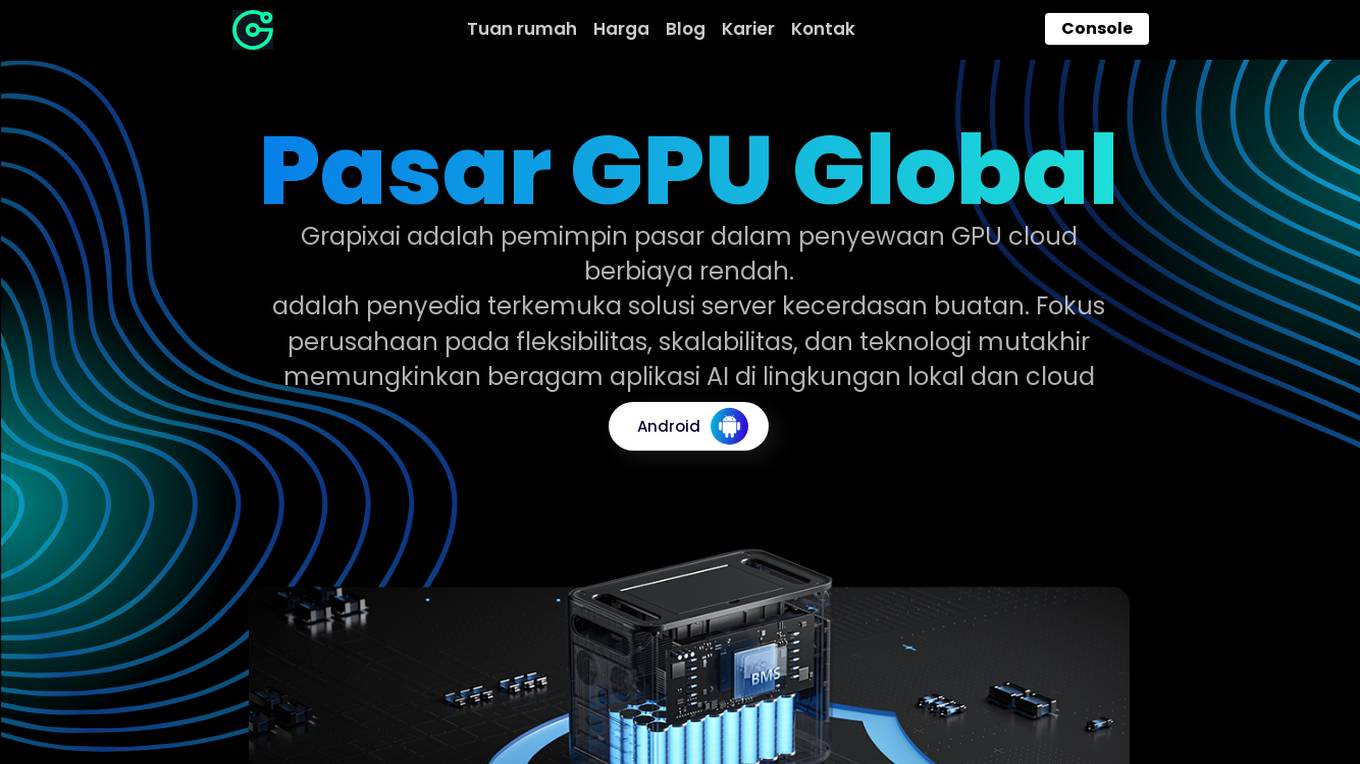
GrapixAI
GrapixAI is a leading provider of low-cost cloud GPU rental services and AI server solutions. The company's focus on flexibility, scalability, and cutting-edge technology enables a variety of AI applications in both local and cloud environments. GrapixAI offers the lowest prices for on-demand GPUs such as RTX4090, RTX 3090, RTX A6000, RTX A5000, and A40. The platform provides Docker-based container ecosystem for quick software setup, powerful GPU search console, customizable pricing options, various security levels, GUI and CLI interfaces, real-time bidding system, and personalized customer support.
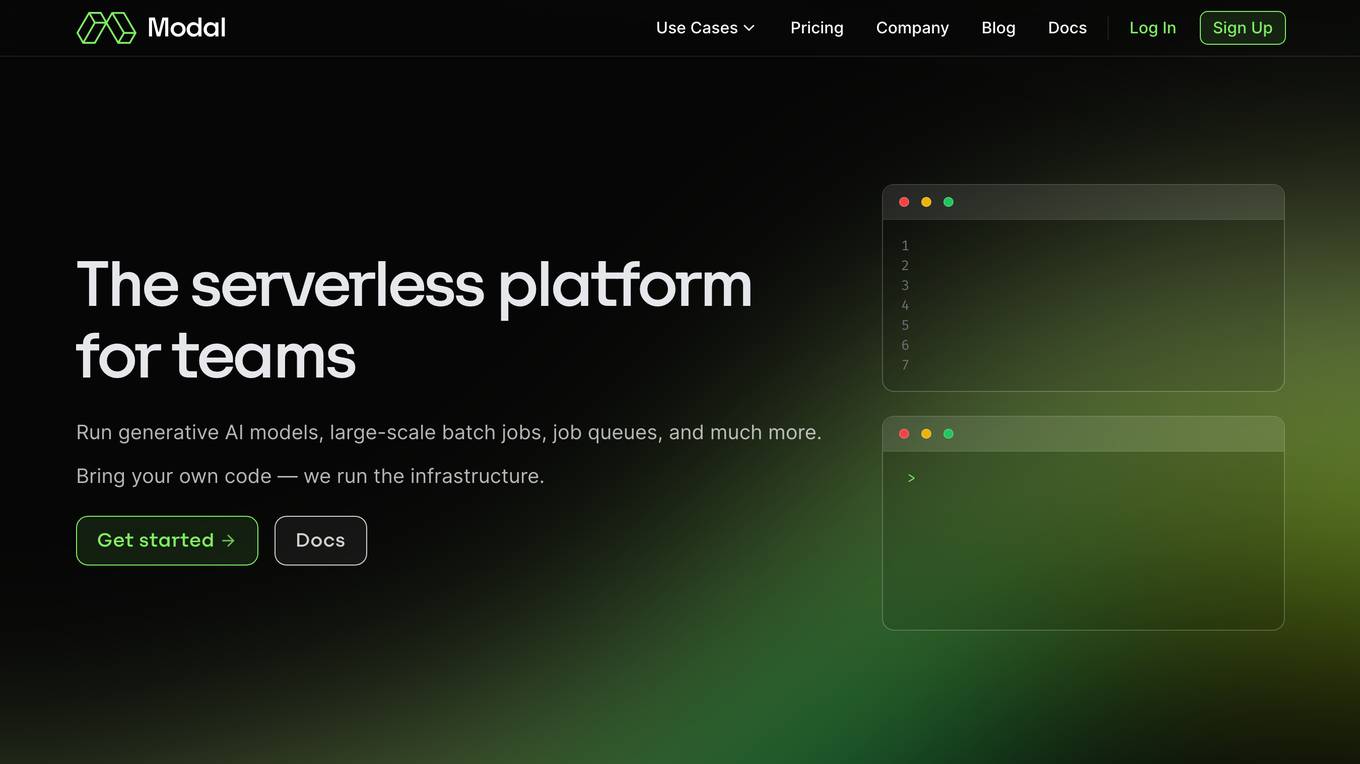
Modal
Modal is a high-performance cloud platform designed for developers, AI data, and ML teams. It offers a serverless environment for running generative AI models, large-scale batch jobs, job queues, and more. With Modal, users can bring their own code and leverage the platform's optimized container file system for fast cold boots and seamless autoscaling. The platform is engineered for large-scale workloads, allowing users to scale to hundreds of GPUs, pay only for what they use, and deploy functions to the cloud in seconds without the need for YAML or Dockerfiles. Modal also provides features for job scheduling, web endpoints, observability, and security compliance.
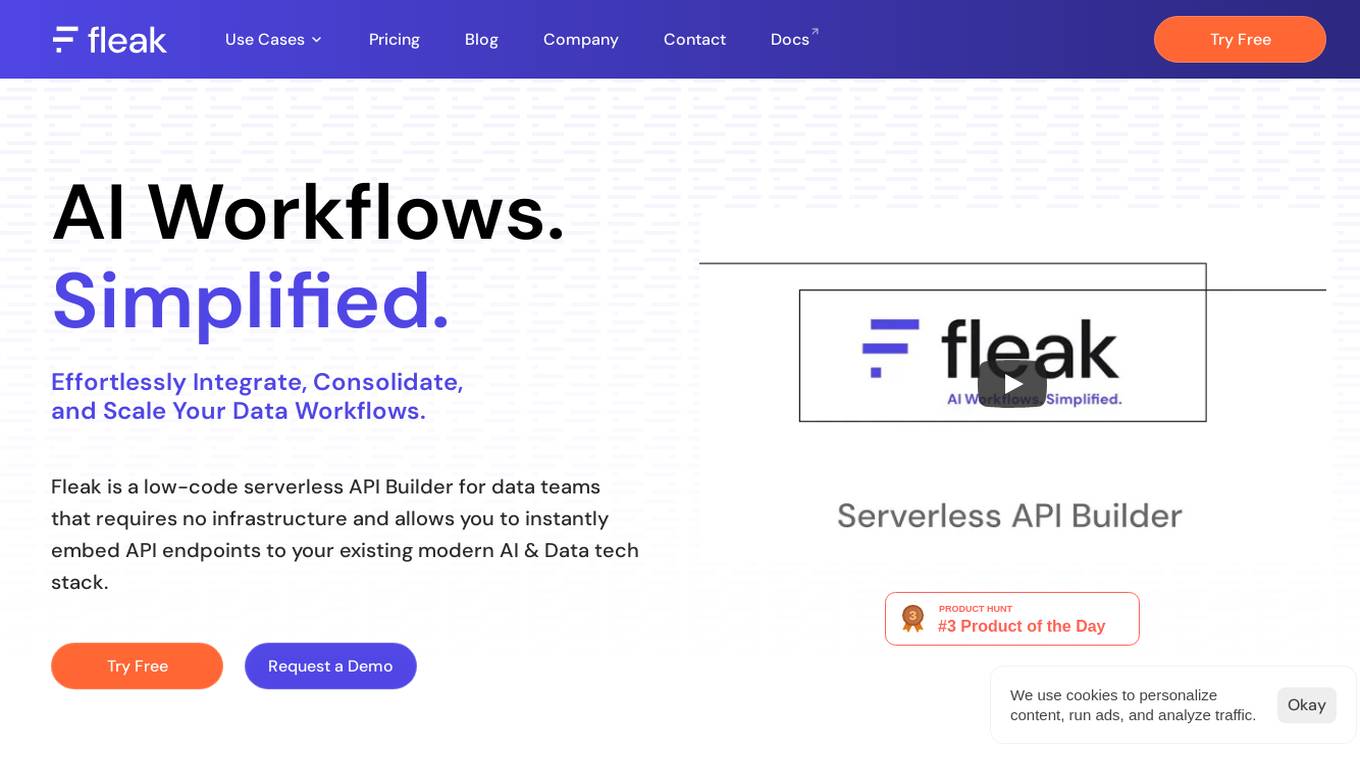
Fleak AI Workflows
Fleak AI Workflows is a low-code serverless API Builder designed for data teams to effortlessly integrate, consolidate, and scale their data workflows. It simplifies the process of creating, connecting, and deploying workflows in minutes, offering intuitive tools to handle data transformations and integrate AI models seamlessly. Fleak enables users to publish, manage, and monitor APIs effortlessly, without the need for infrastructure requirements. It supports various data types like JSON, SQL, CSV, and Plain Text, and allows integration with large language models, databases, and modern storage technologies.
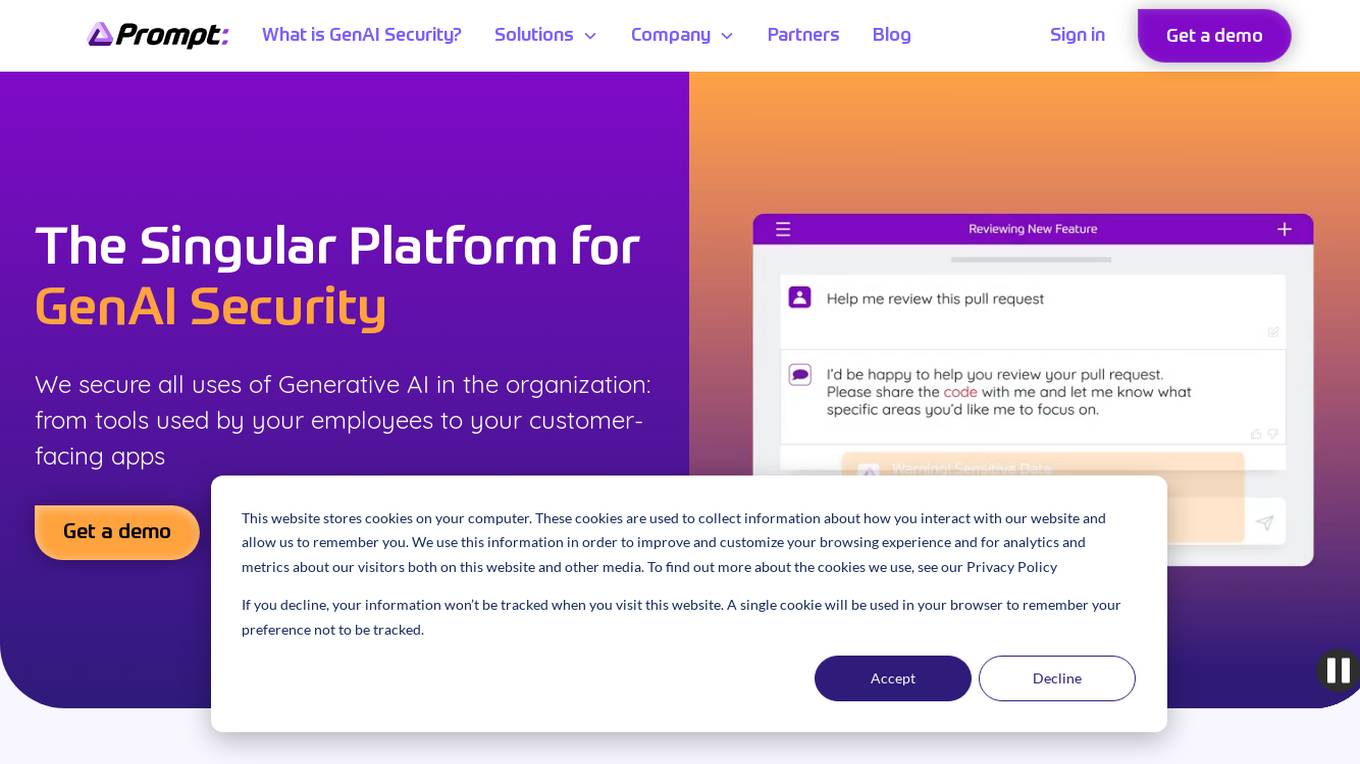
Prompt Security
Prompt Security is a platform that secures all uses of Generative AI in the organization: from tools used by your employees to your customer-facing apps.
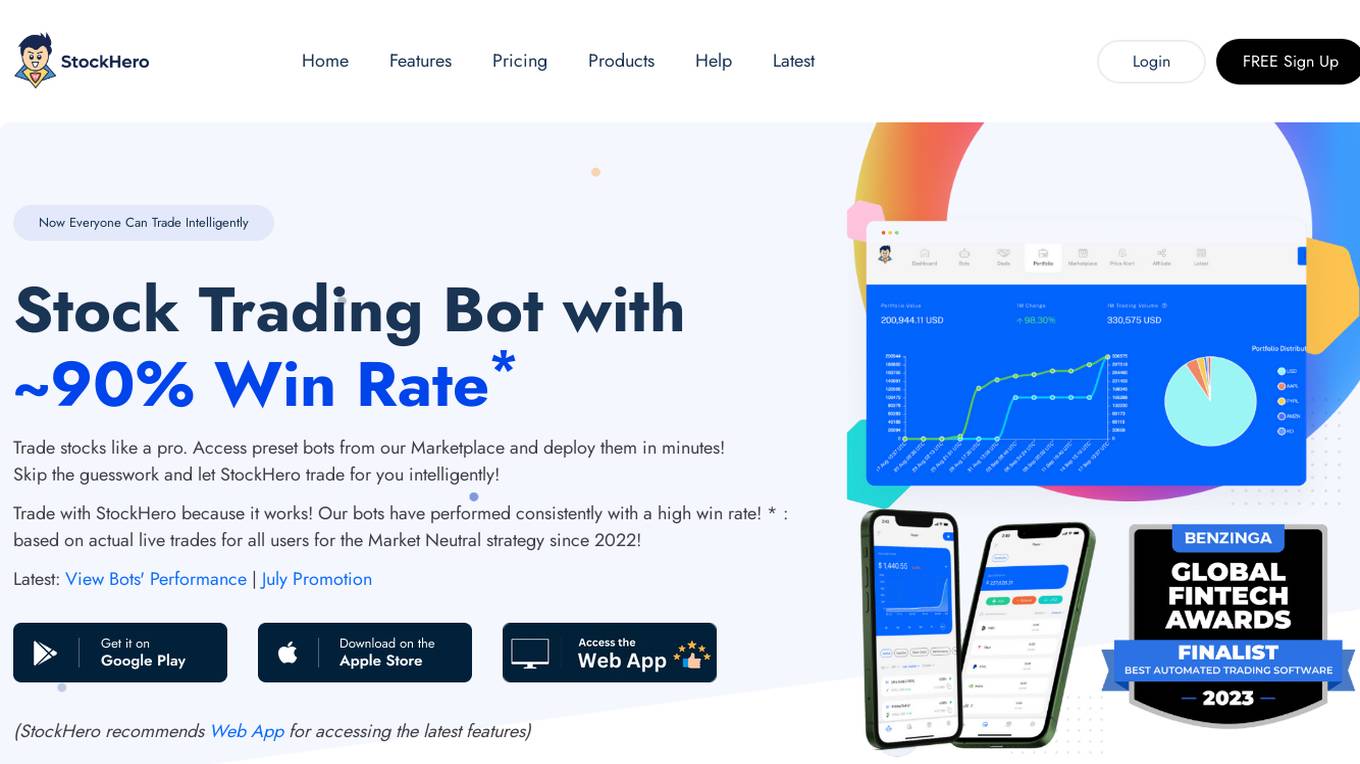
StockHero
StockHero is a highly-rated stock trading bot that allows users to trade intelligently with a high win rate. The platform offers preset bots from the Marketplace for users to deploy in minutes, automating trades on leading brokerages. StockHero caters to users of all levels, from beginners to experienced traders, providing features like TradingView integration, Strategy Designer, and advanced indicator settings. The platform also offers a White-Glove Service for personalized guidance, paper trading for risk-free practice, and an AI ChatBot for financial queries. With a focus on risk management and user satisfaction, StockHero aims to enhance the trading experience for all users.
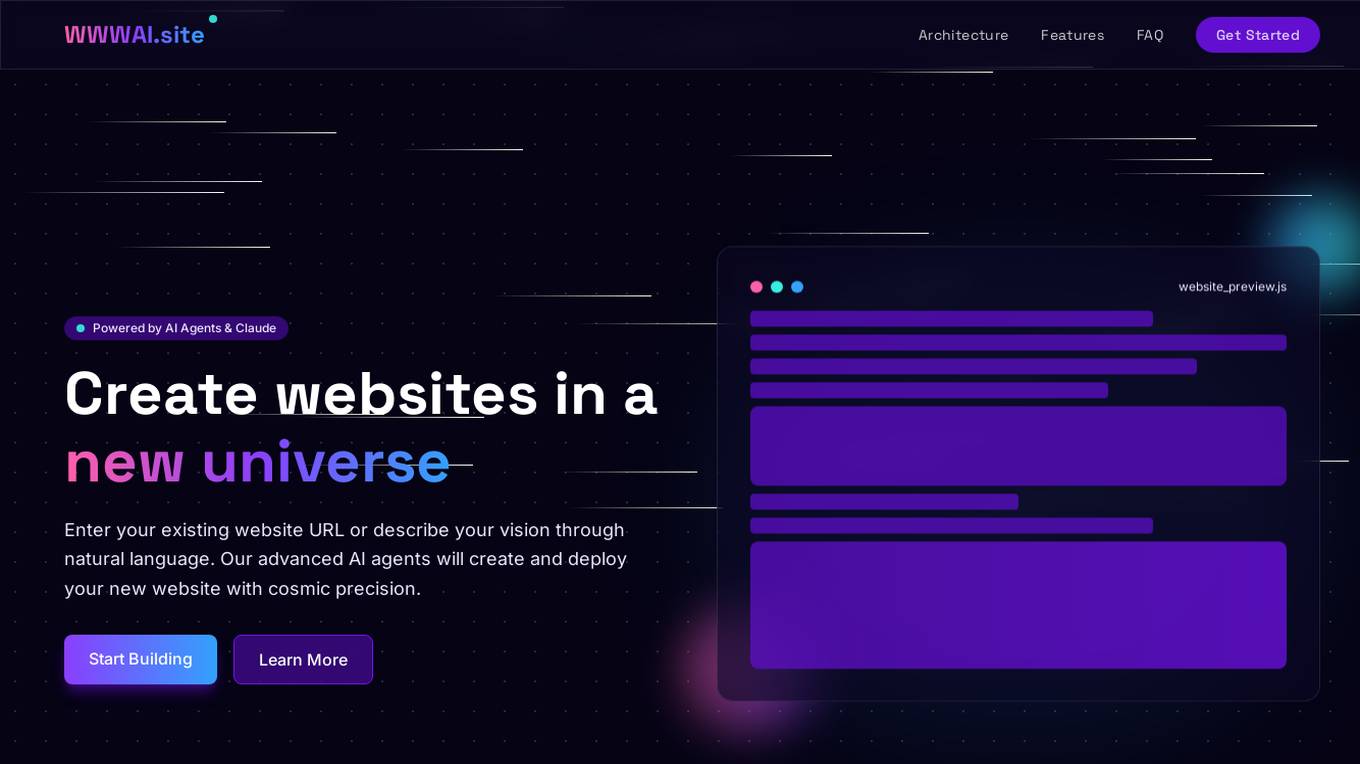
WWWAI.site
WWWAI.site is an AI-powered platform that revolutionizes web creation by allowing users to create and deploy websites using natural language input and advanced AI agents. The platform leverages specialized AI agents, such as Code Creation, Requirement Analysis, Concept Setting, and Error Validation, along with Claude API for language processing capabilities. Model Context Protocol (MCP) ensures consistency across all components, while users can choose between GitHub or CloudFlare for deployment. The platform is currently in beta testing with limited availability, offering users a seamless and innovative website creation experience.
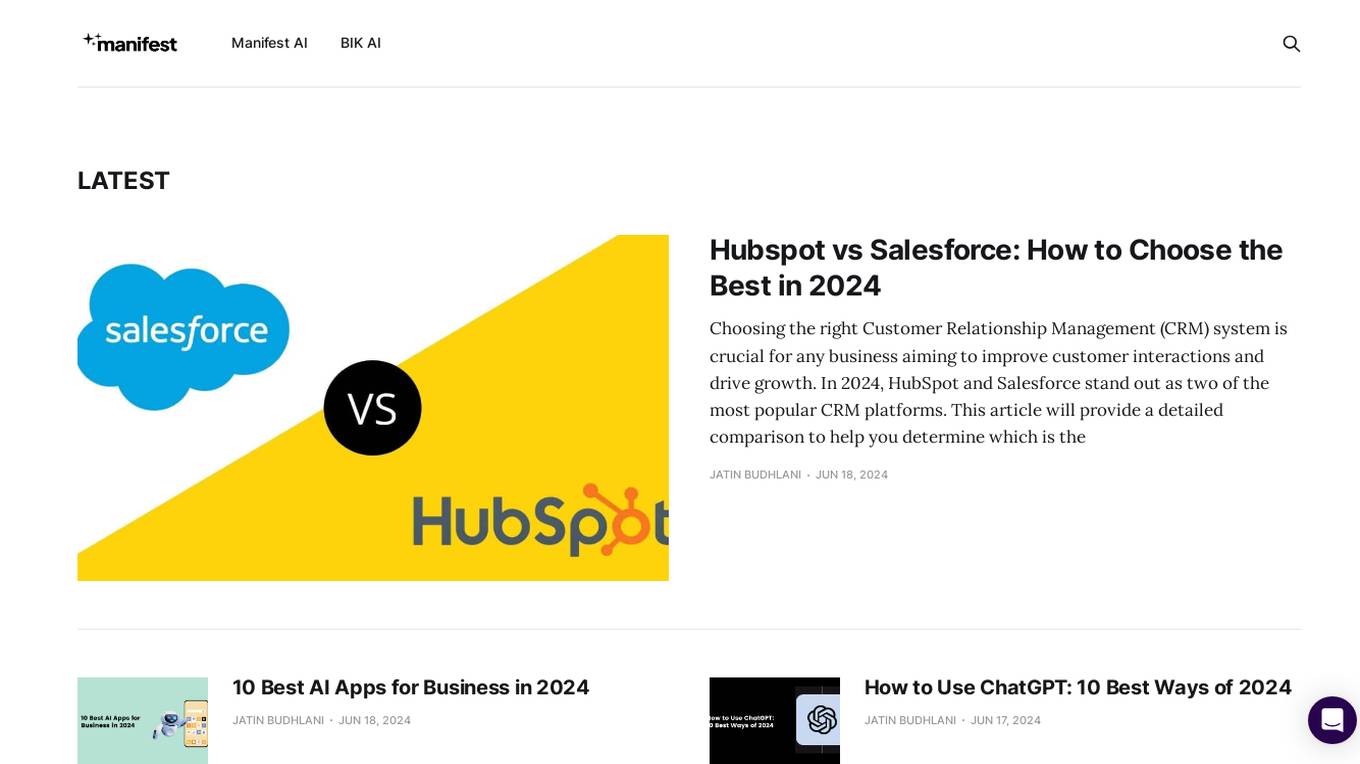
Manifest AI
Manifest AI is an AI application that offers ChatGPT, a powerful tool for individuals and businesses. ChatGPT is a large language model that can assist with various tasks such as generating creative text formats, research and development, and more. Manifest AI also provides automated quality management, customer experience design, and customer success manager services. The application aims to enhance customer service, boost sales, and improve overall business performance through AI-powered solutions.
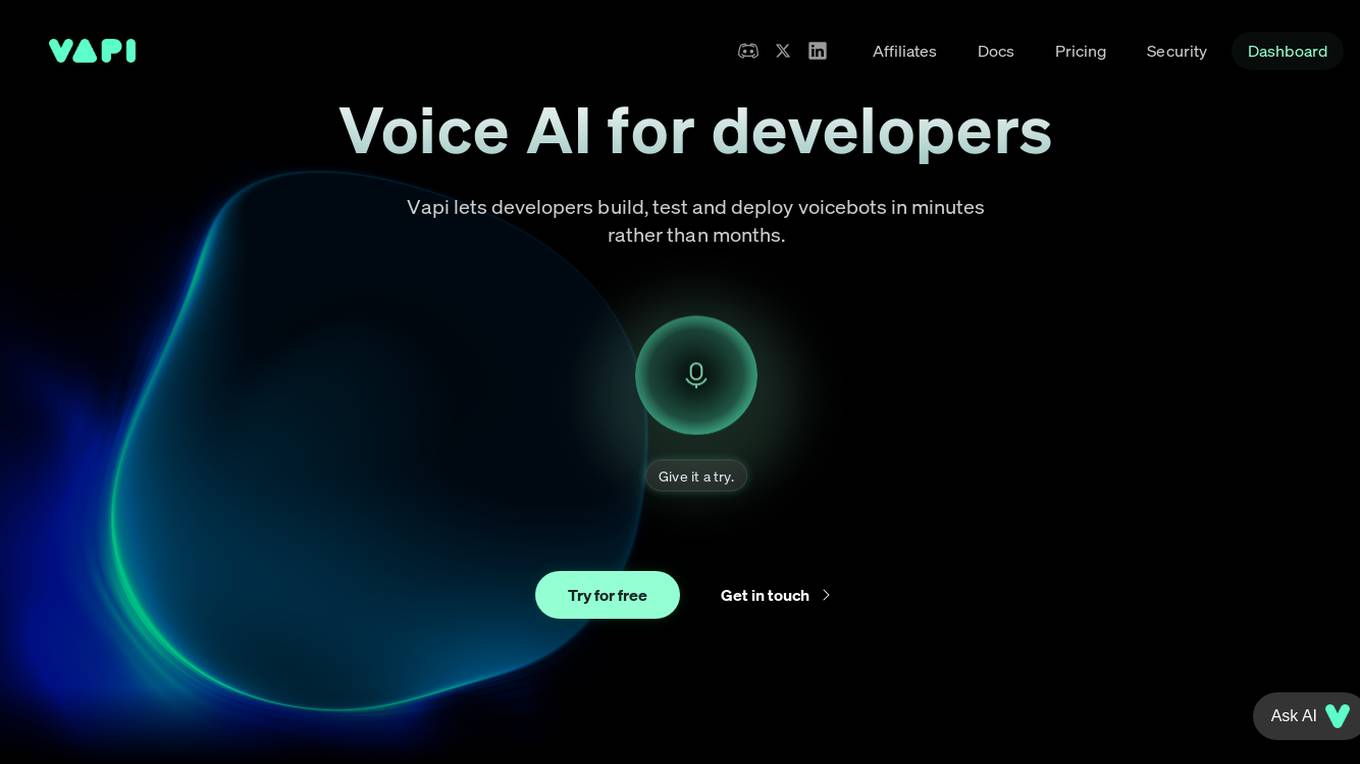
Vapi
Vapi is a Voice AI tool designed specifically for developers. It enables developers to interact with their code using voice commands, making the coding process more efficient and hands-free. With Vapi, developers can perform various tasks such as writing code, debugging, and running tests simply by speaking. The tool is equipped with advanced natural language processing capabilities to accurately interpret and execute voice commands. Vapi aims to revolutionize the way developers work by providing a seamless and intuitive coding experience.
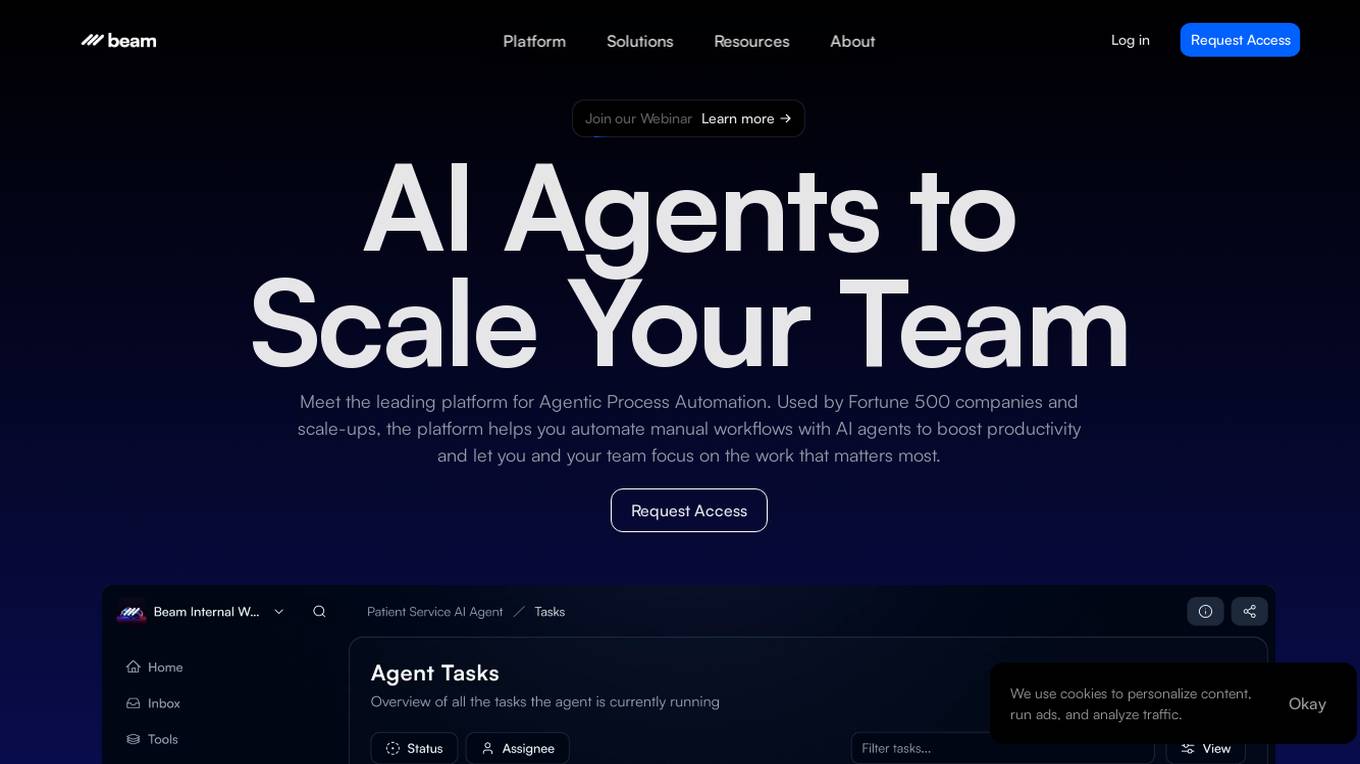
Beam AI
Beam AI is a leading platform for Agentic Automation and AI Agents, offering solutions for automating manual workflows with AI agents to boost productivity. The platform is used by Fortune 500 companies and scale-ups, providing a seamless experience from start to finish. With features like pre-trained agents, integrations, and easy-to-navigate UI, Beam AI empowers users to create and deploy AI tools tailored to their specific needs. The platform is designed to scale any business, offering industry-specific solutions and world-class support for building AI-native organizations.
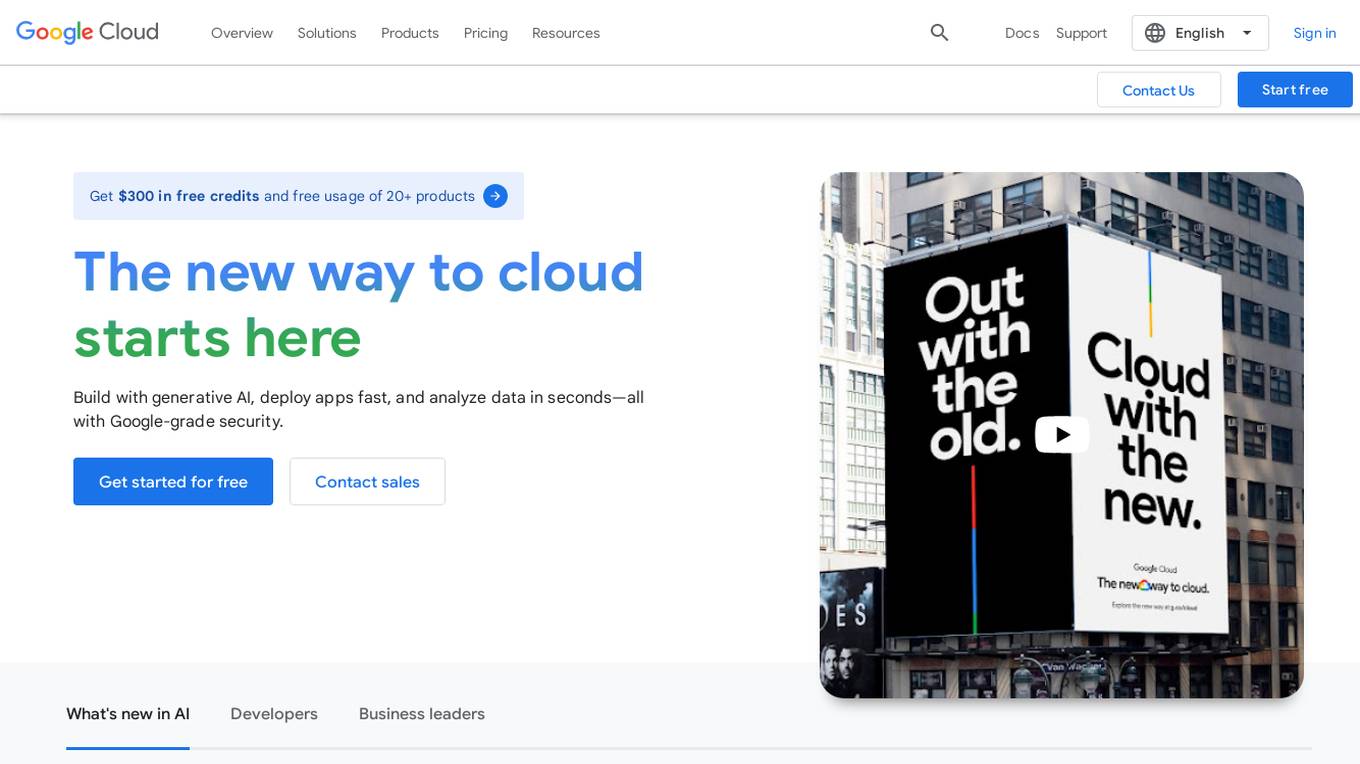
Google Cloud
Google Cloud is a suite of cloud computing services that runs on the same infrastructure as Google. Its services include computing, storage, networking, databases, machine learning, and more. Google Cloud is designed to make it easy for businesses to develop and deploy applications in the cloud. It offers a variety of tools and services to help businesses with everything from building and deploying applications to managing their infrastructure. Google Cloud is also committed to sustainability, and it has a number of programs in place to reduce its environmental impact.
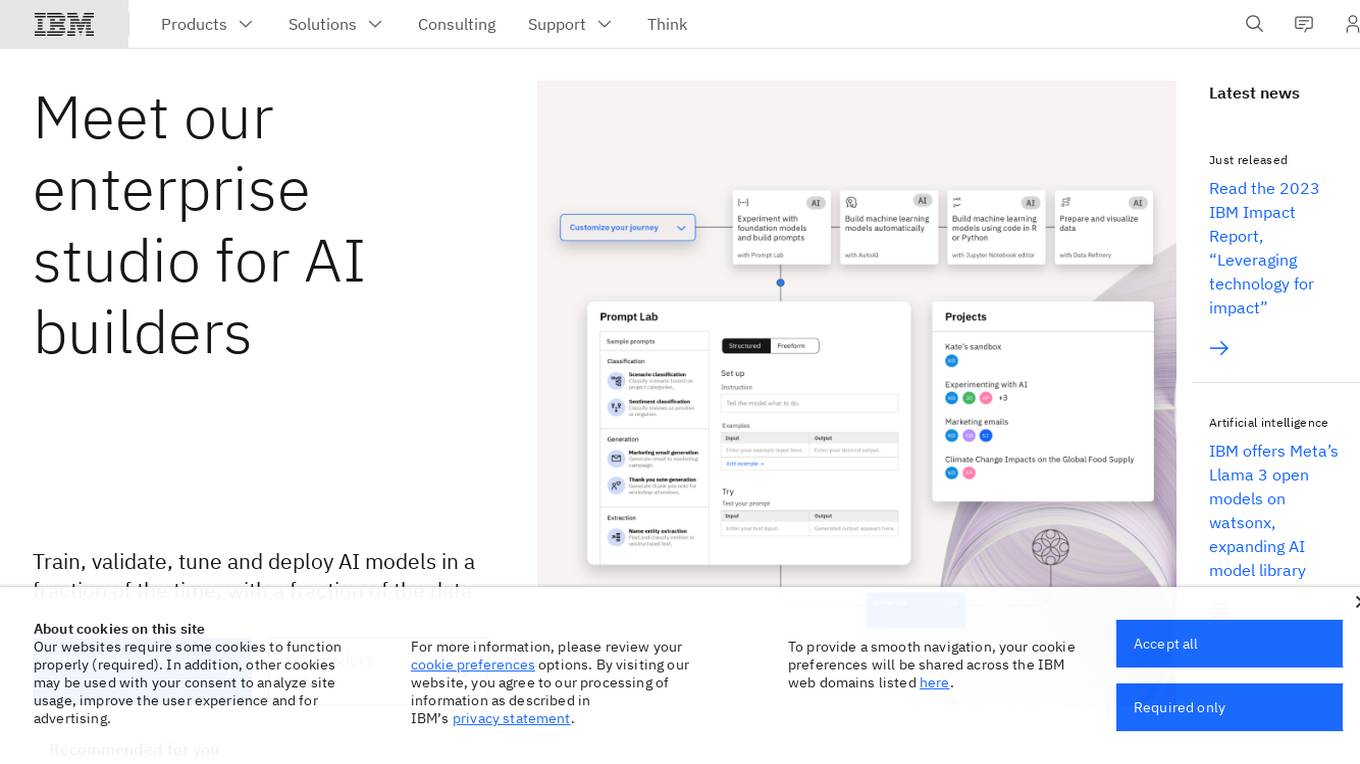
IBM Watsonx
IBM Watsonx is an enterprise studio for AI builders. It provides a platform to train, validate, tune, and deploy AI models quickly and efficiently. With Watsonx, users can access a library of pre-trained AI models, build their own models, and deploy them to the cloud or on-premises. Watsonx also offers a range of tools and services to help users manage and monitor their AI models.

Chariot
Chariot is an AI web developer tool that allows users to build websites without the need for coding. Users can describe the website they want, and Chariot will create it using AI technology. With over 3,000 builders already using Chariot, users can create modern portfolio sites for photographers and other purposes in just minutes. The tool offers a range of features, templates, and resources to help users build stunning websites effortlessly.
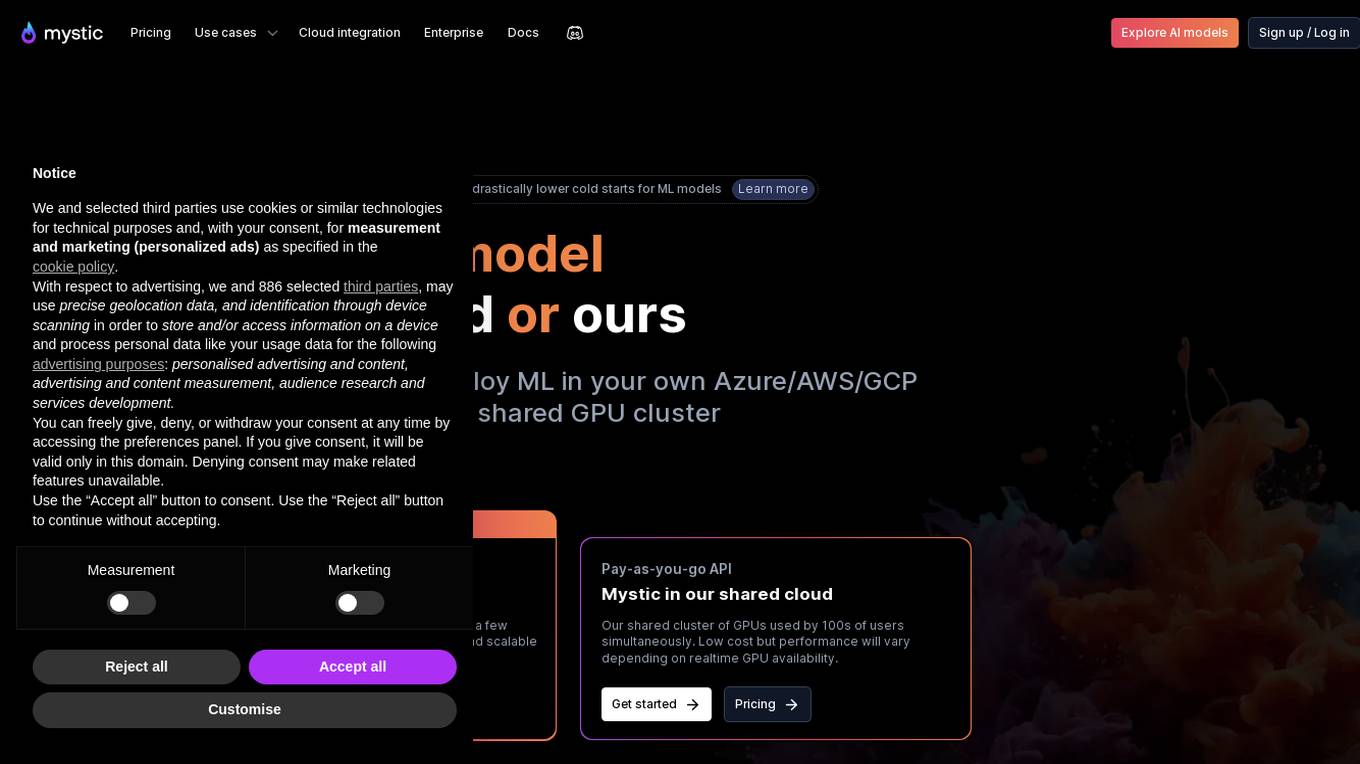
Mystic.ai
Mystic.ai is an AI tool designed to deploy and scale Machine Learning models with ease. It offers a fully managed Kubernetes platform that runs in your own cloud, allowing users to deploy ML models in their own Azure/AWS/GCP account or in a shared GPU cluster. Mystic.ai provides cost optimizations, fast inference, simpler developer experience, and performance optimizations to ensure high-performance AI model serving. With features like pay-as-you-go API, cloud integration with AWS/Azure/GCP, and a beautiful dashboard, Mystic.ai simplifies the deployment and management of ML models for data scientists and AI engineers.
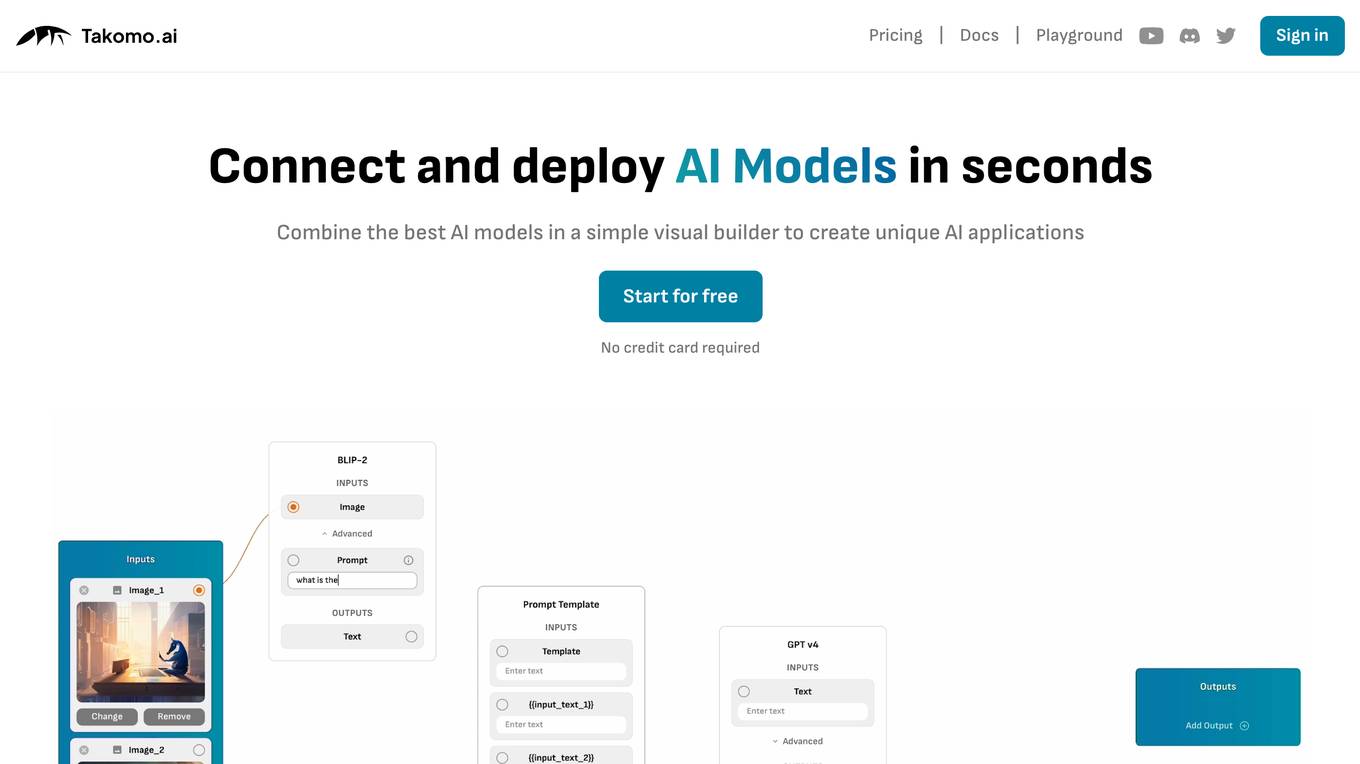
Takomo.ai
Takomo.ai is a no-code AI builder that allows users to connect and deploy AI models in seconds. With Takomo.ai, users can combine the best AI models in a simple visual builder to create unique AI applications. Takomo.ai offers a variety of features, including a drag-and-drop builder, pre-trained ML models, and a single API call for accessing multi-model pipelines.
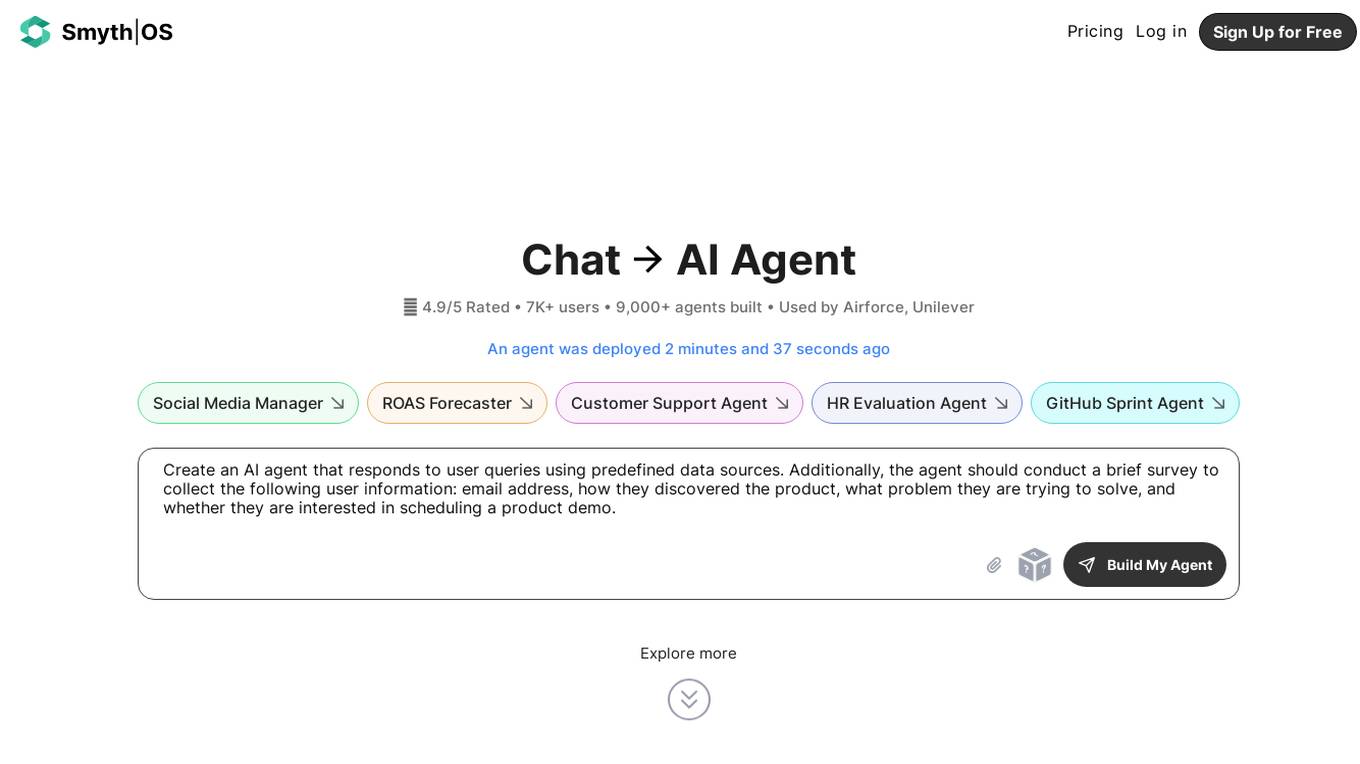
SmythOS
SmythOS is an AI-powered platform that allows users to create and deploy AI agents in minutes. With a user-friendly interface and drag-and-drop functionality, SmythOS enables users to build custom agents for various tasks without the need for manual coding. The platform offers pre-built agent templates, universal integration with AI models and APIs, and the flexibility to deploy agents locally or to the cloud. SmythOS is designed to streamline workflow automation, enhance productivity, and provide a seamless experience for developers and businesses looking to leverage AI technology.
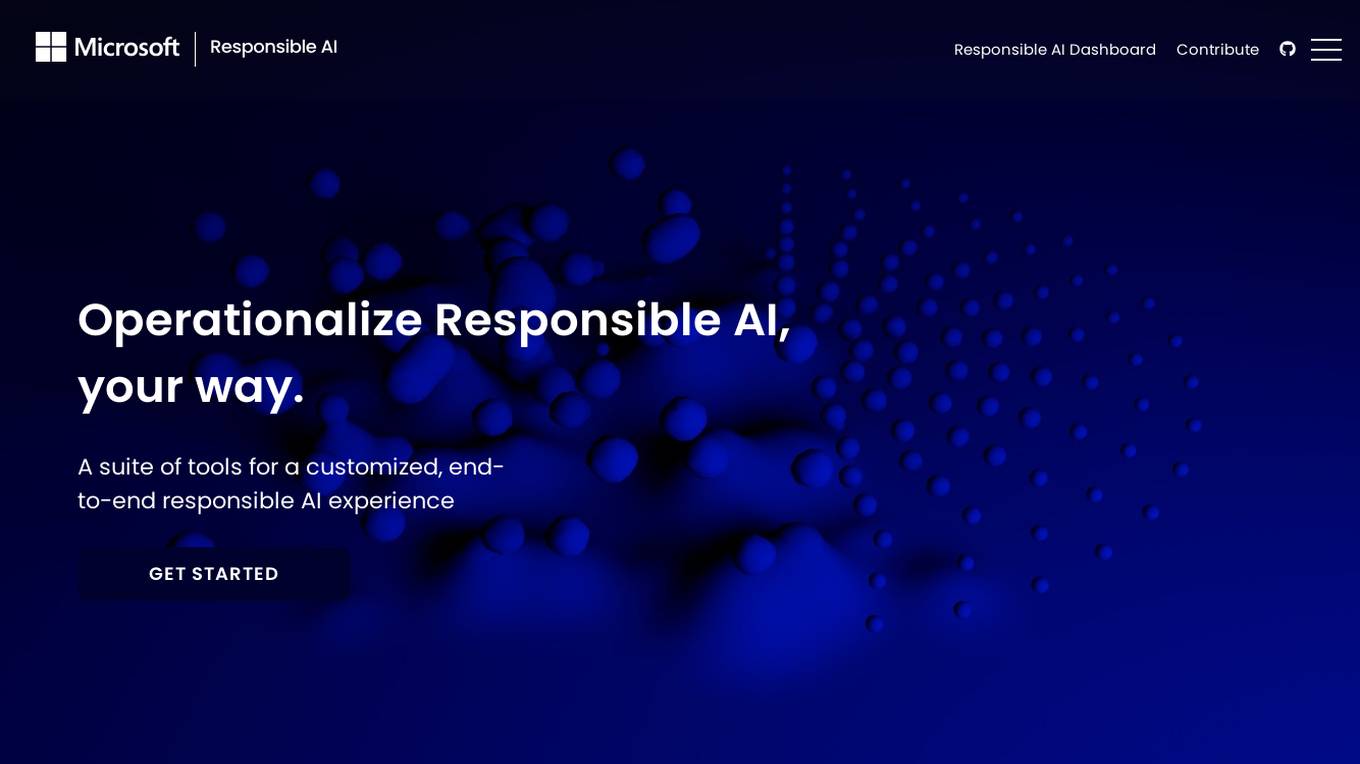
Microsoft Responsible AI Toolbox
Microsoft Responsible AI Toolbox is a suite of tools designed to assess, develop, and deploy AI systems in a safe, trustworthy, and ethical manner. It offers integrated tools and functionalities to help operationalize Responsible AI in practice, enabling users to make user-facing decisions faster and easier. The Responsible AI Dashboard provides a customizable experience for model debugging, decision-making, and business actions. With a focus on responsible assessment, the toolbox aims to promote ethical AI practices and transparency in AI development.
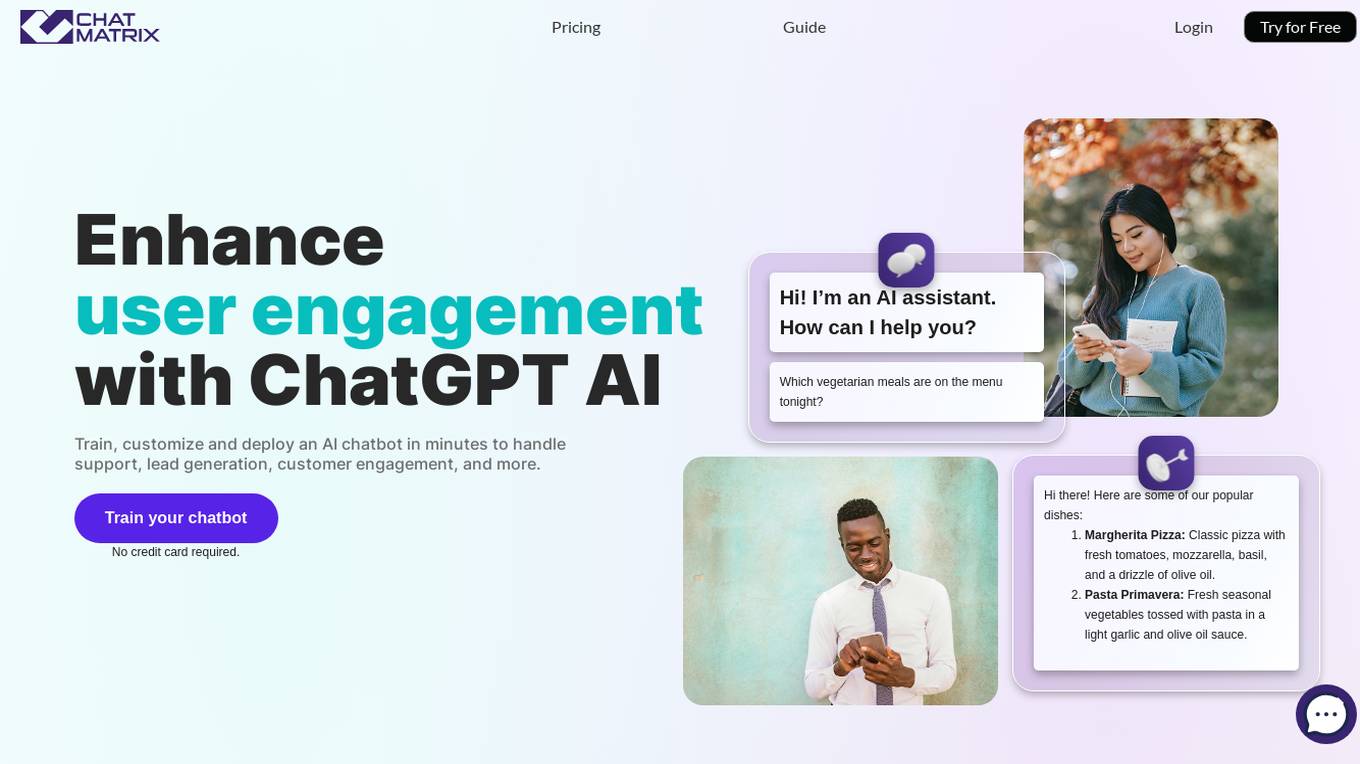
ChatMatrix
ChatMatrix is an AI application that offers ChatGPT chatbots for businesses to enhance user engagement, lead gathering, and customer support. Users can easily train, customize, and deploy AI chatbots in minutes to handle various tasks like support, lead generation, and customer engagement. The application provides a seamless experience for businesses looking to improve their online presence and customer service through AI technology.
2 - Open Source AI Tools
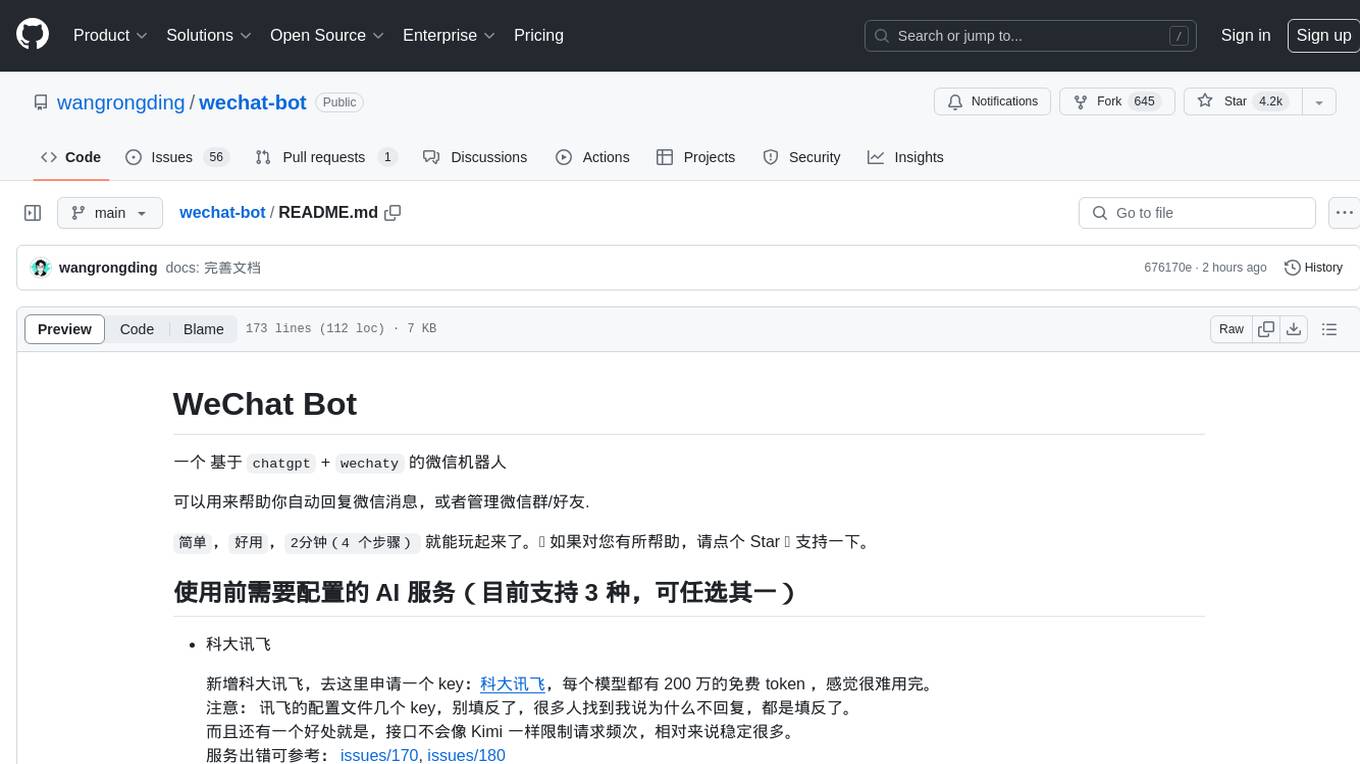
wechat-bot
WeChat Bot is a simple and easy-to-use WeChat robot based on chatgpt and wechaty. It can help you automatically reply to WeChat messages or manage WeChat groups/friends. The tool requires configuration of AI services such as Xunfei, Kimi, or ChatGPT. Users can customize the tool to automatically reply to group or private chat messages based on predefined conditions. The tool supports running in Docker for easy deployment and provides a convenient way to interact with various AI services for WeChat automation.
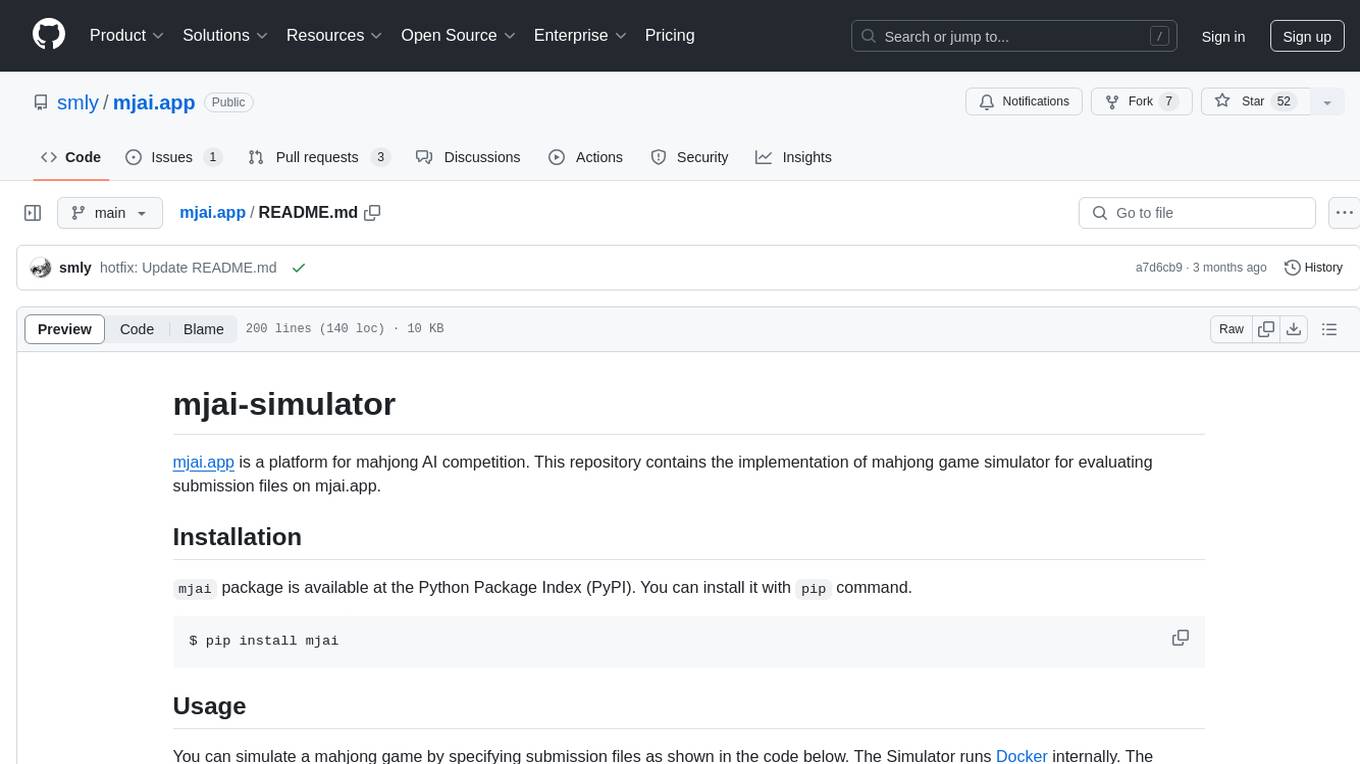
mjai.app
mjai.app is a platform for mahjong AI competition. It contains an implementation of a mahjong game simulator for evaluating submission files. The simulator runs Docker internally, and there is a base class for developing bots that communicate via the mjai protocol. Submission files are deployed in a Docker container, and the Docker image is pushed to Docker Hub. The Mjai protocol used is customized based on Mortal's Mjai Engine implementation.
20 - OpenAI Gpts
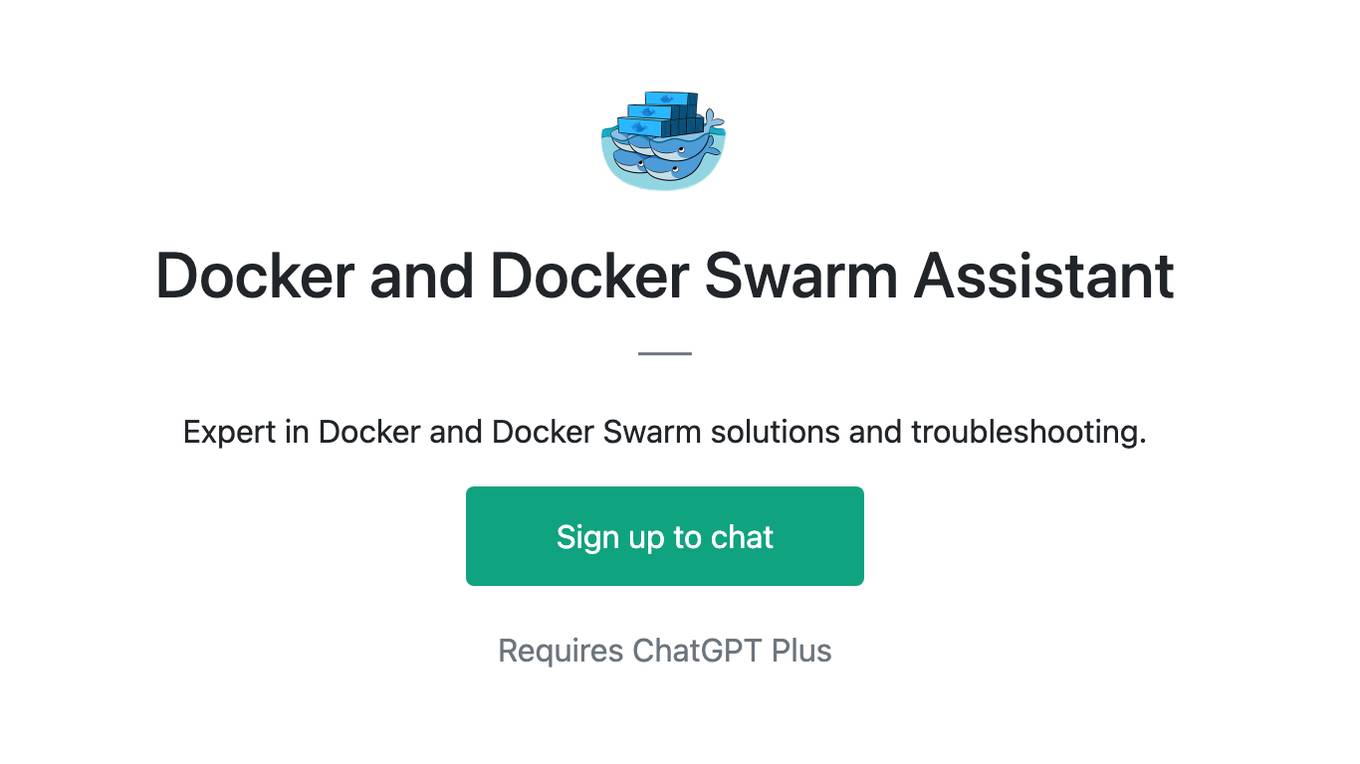
Docker and Docker Swarm Assistant
Expert in Docker and Docker Swarm solutions and troubleshooting.
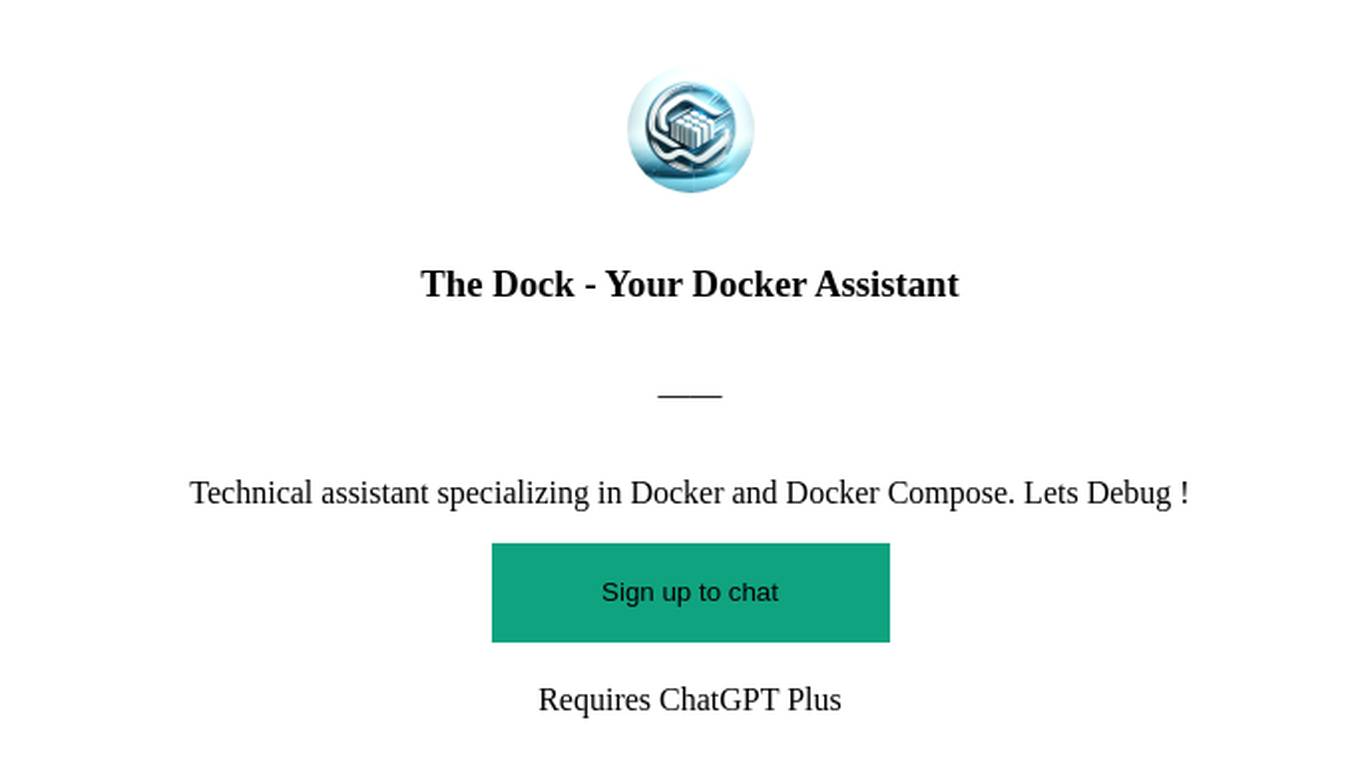
The Dock - Your Docker Assistant
Technical assistant specializing in Docker and Docker Compose. Lets Debug !
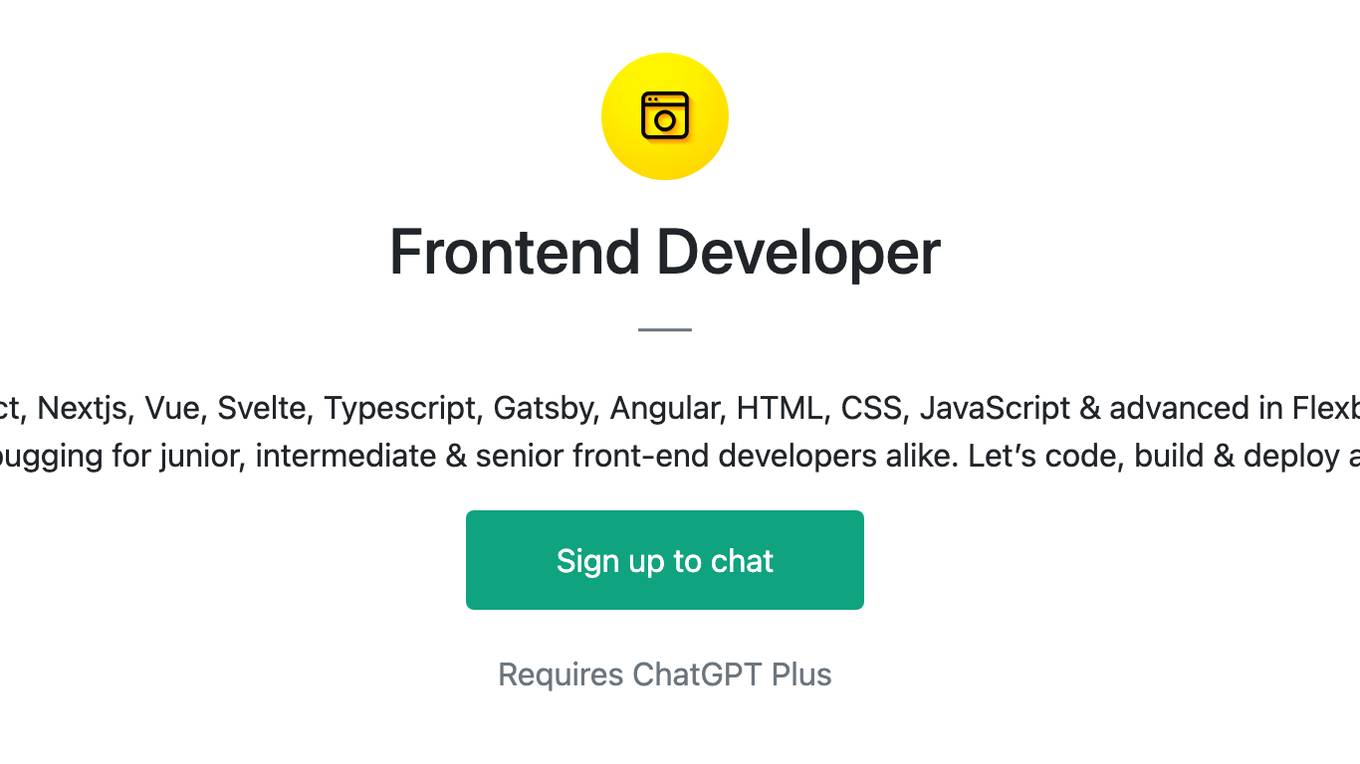
Frontend Developer
AI front-end developer expert in coding React, Nextjs, Vue, Svelte, Typescript, Gatsby, Angular, HTML, CSS, JavaScript & advanced in Flexbox, Tailwind & Material Design. Mentors in coding & debugging for junior, intermediate & senior front-end developers alike. Let’s code, build & deploy a SaaS app.

Cloudwise Consultant
Expert in cloud-native solutions, provides tailored tech advice and cost estimates.
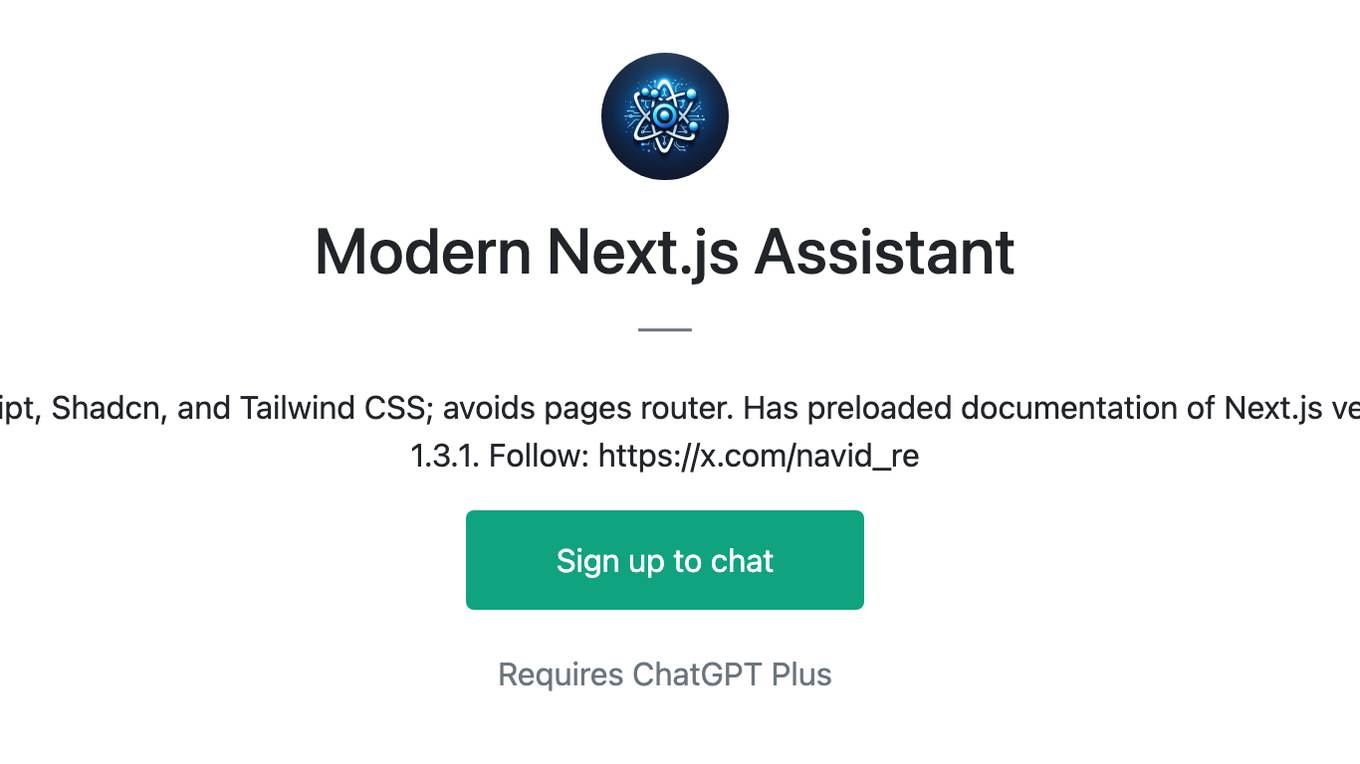
Modern Next.js Assistant
Specialized in Next.js, App Router, TypeScript, Shadcn, and Tailwind CSS; avoids pages router. Has preloaded documentation of Next.js version 14 and shadcn version 0.6. Version: 1.3.1. Follow: https://x.com/navid_re
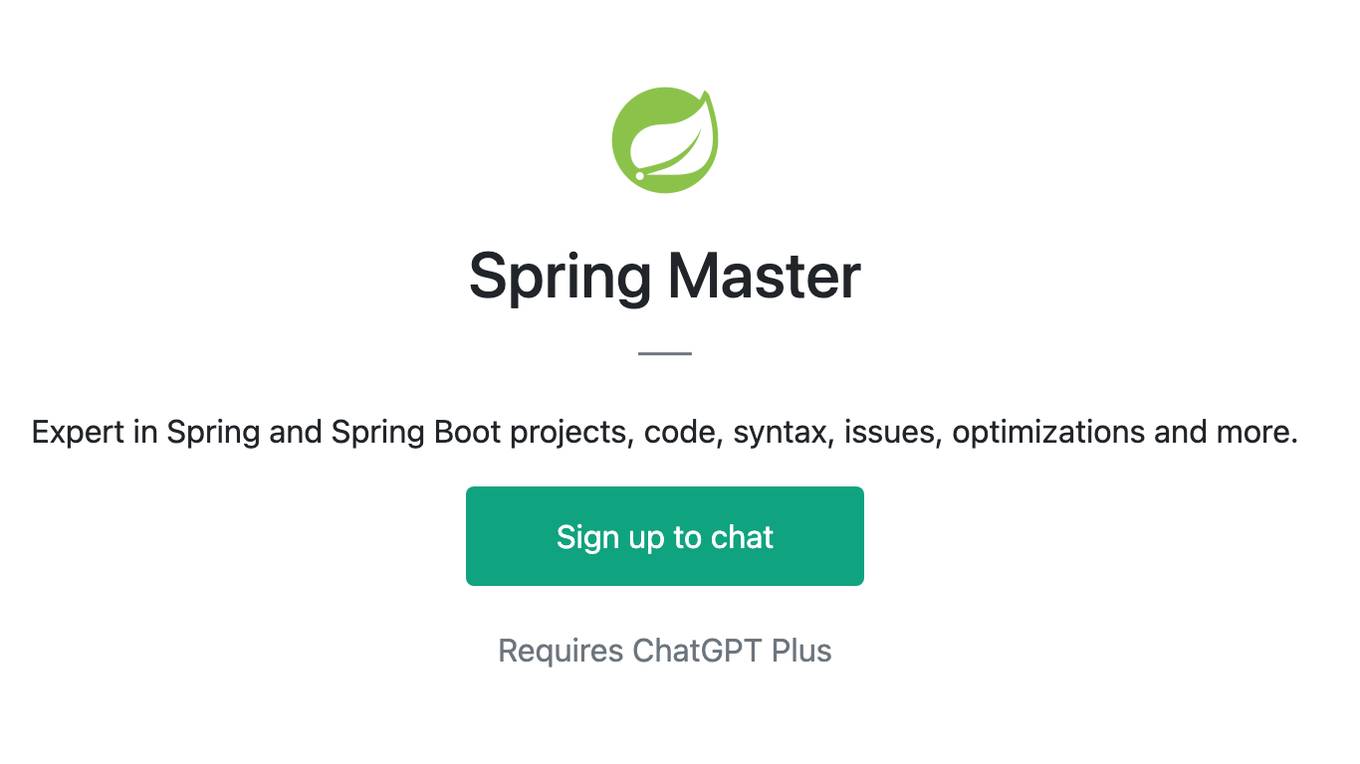
Spring Master
Expert in Spring and Spring Boot projects, code, syntax, issues, optimizations and more.

TensorFlow Oracle
I'm an expert in TensorFlow, providing detailed, accurate guidance for all skill levels.
